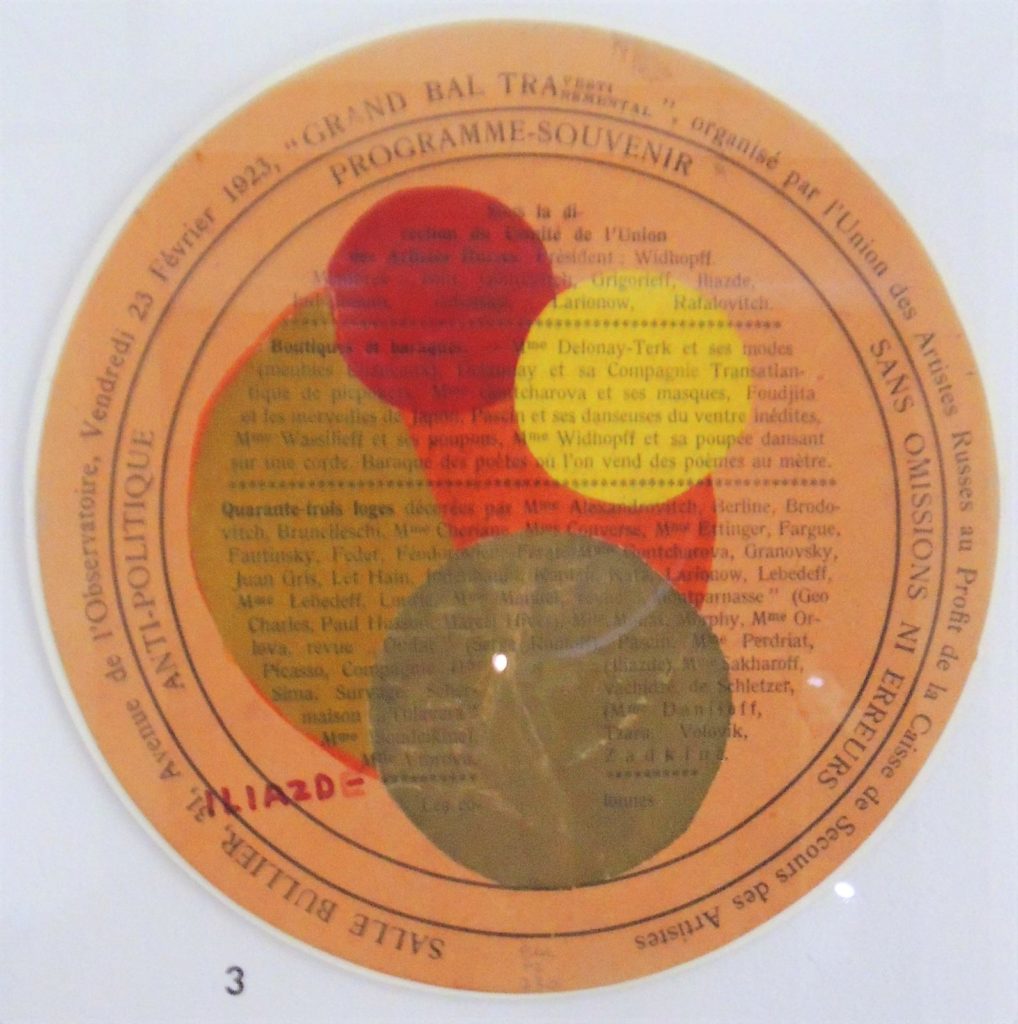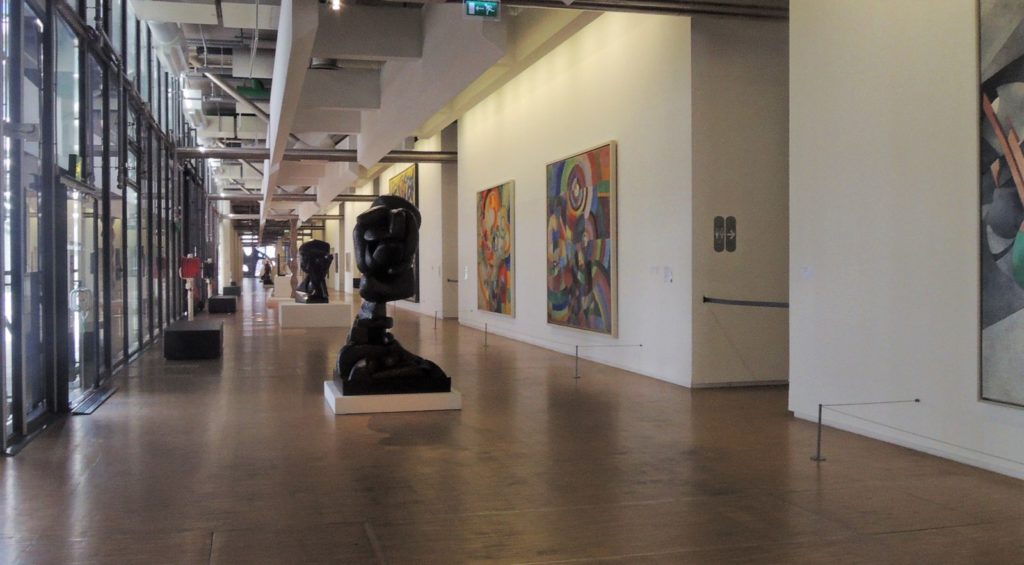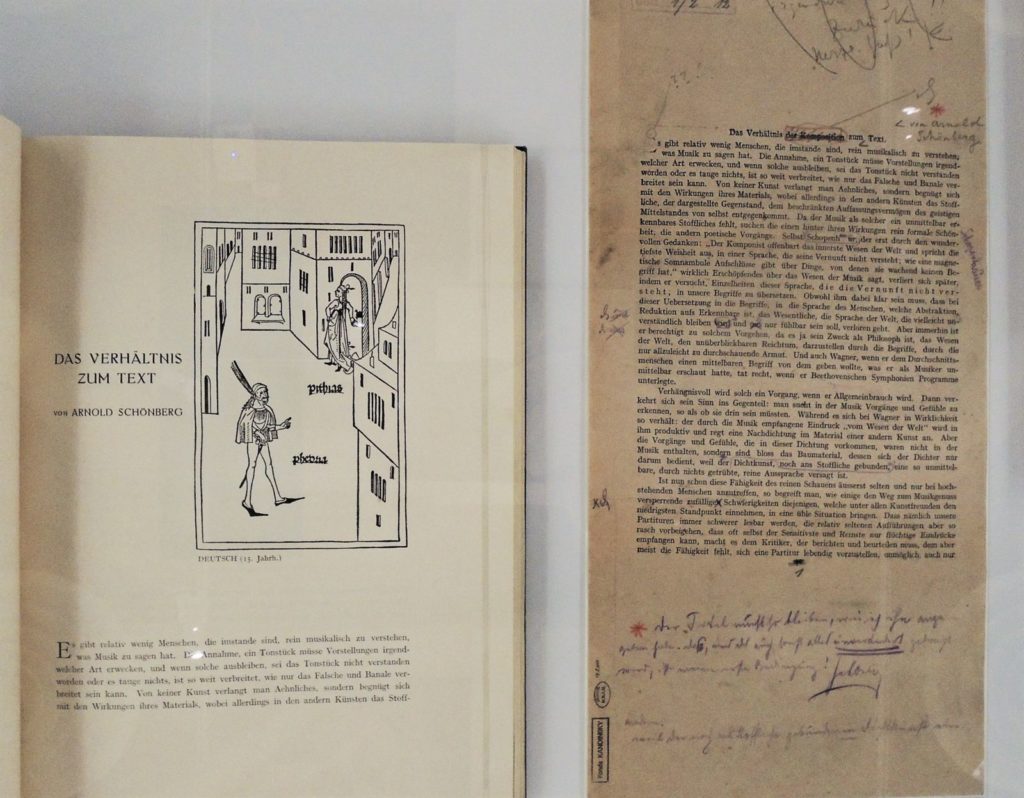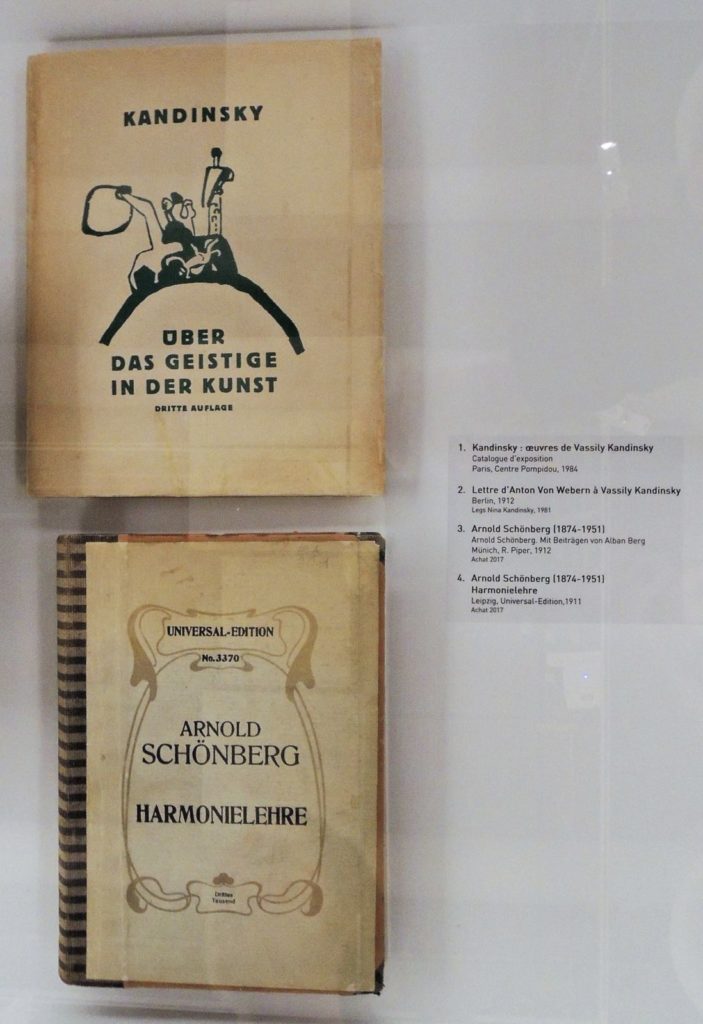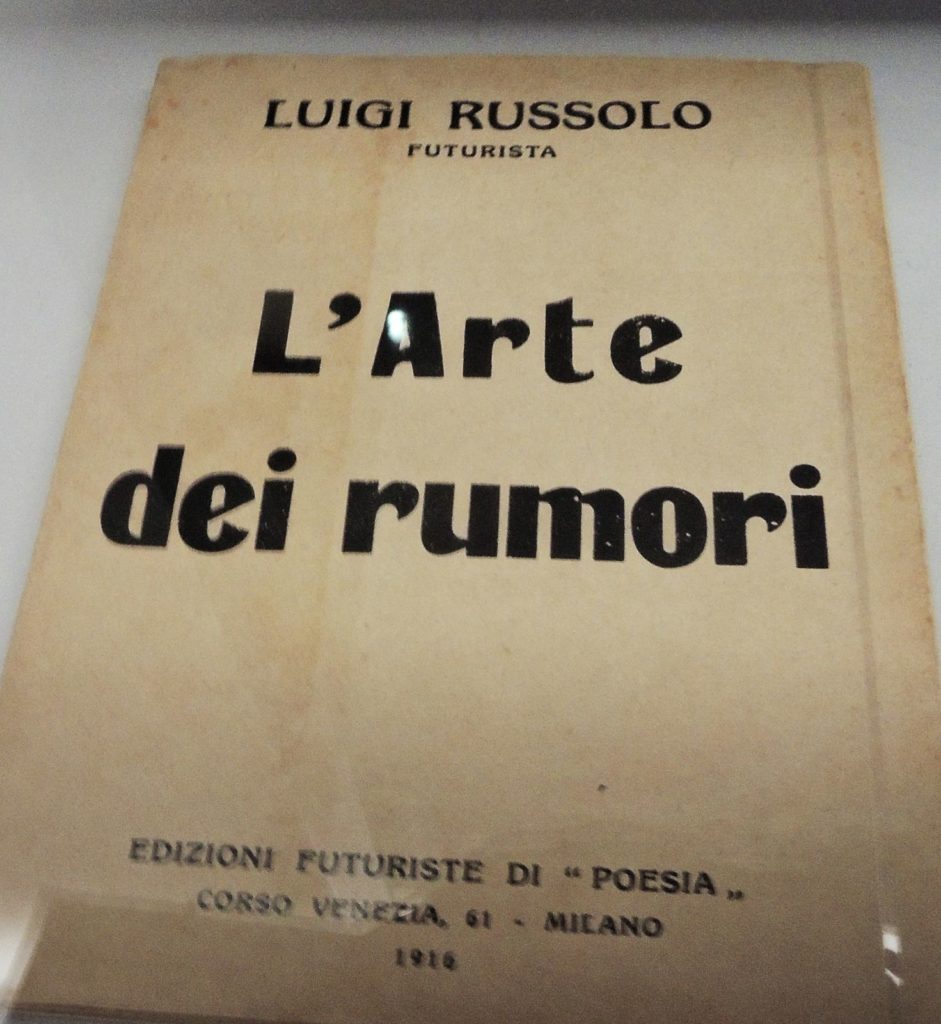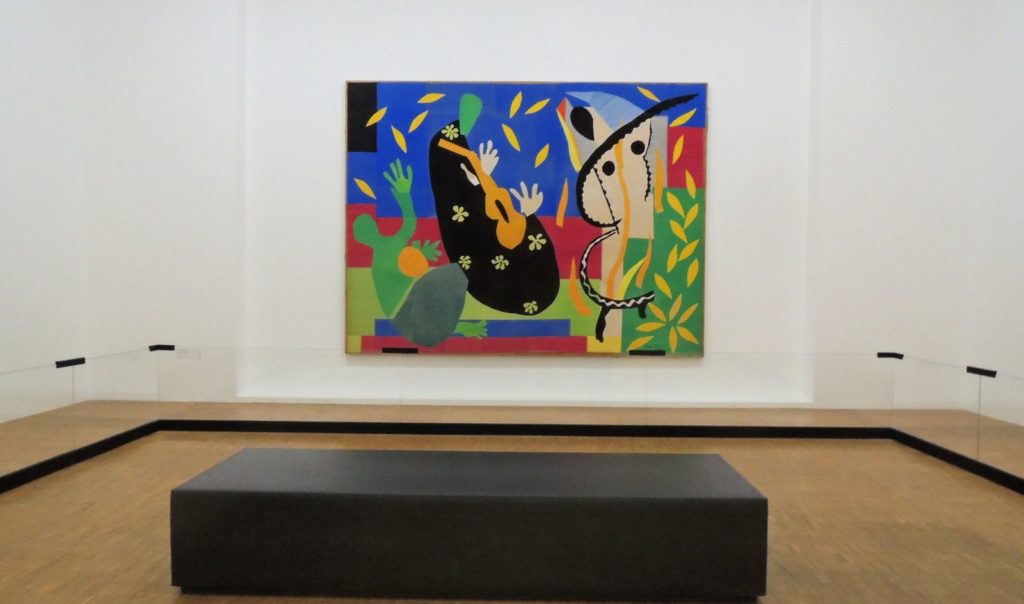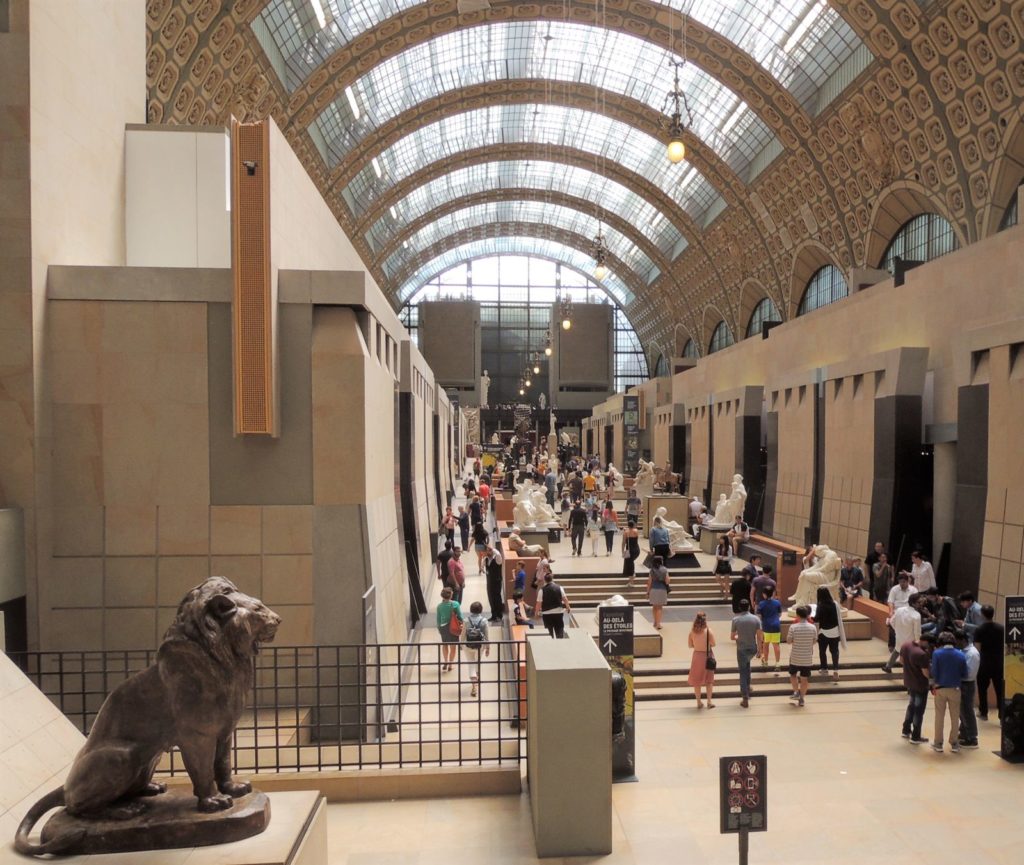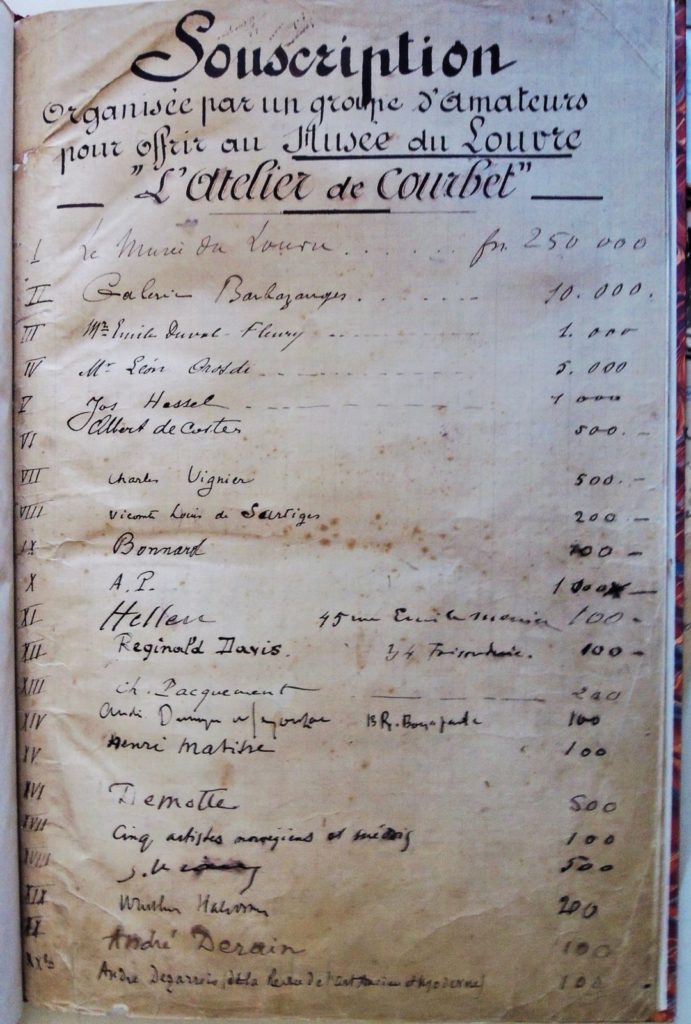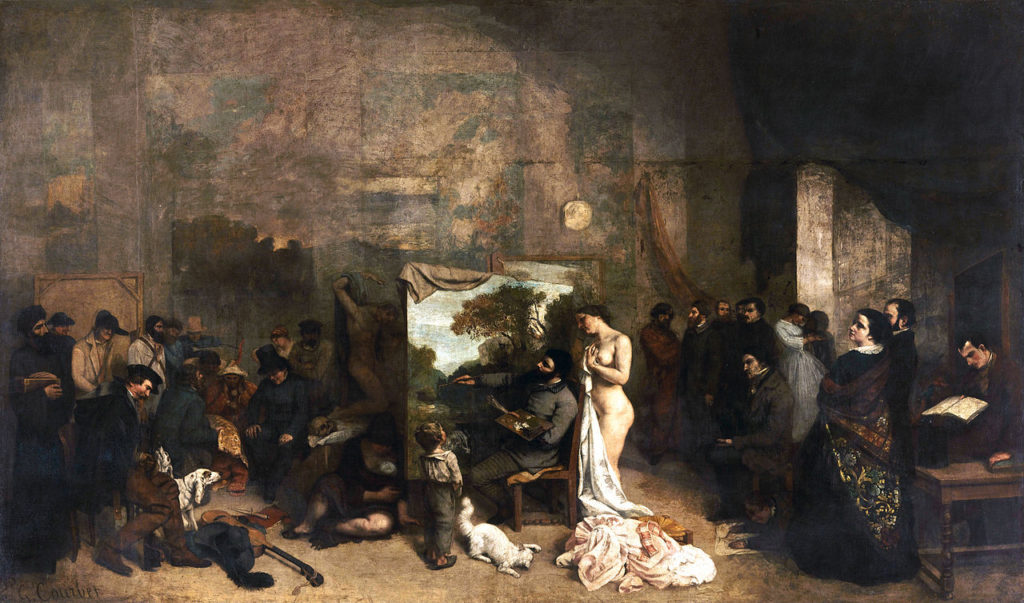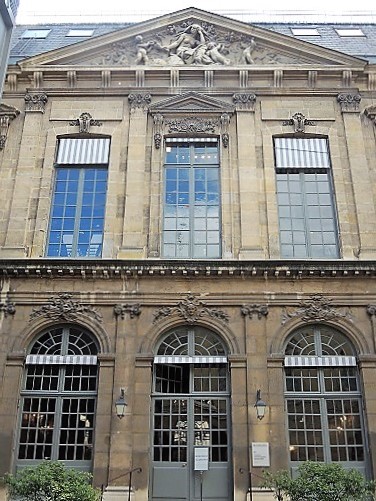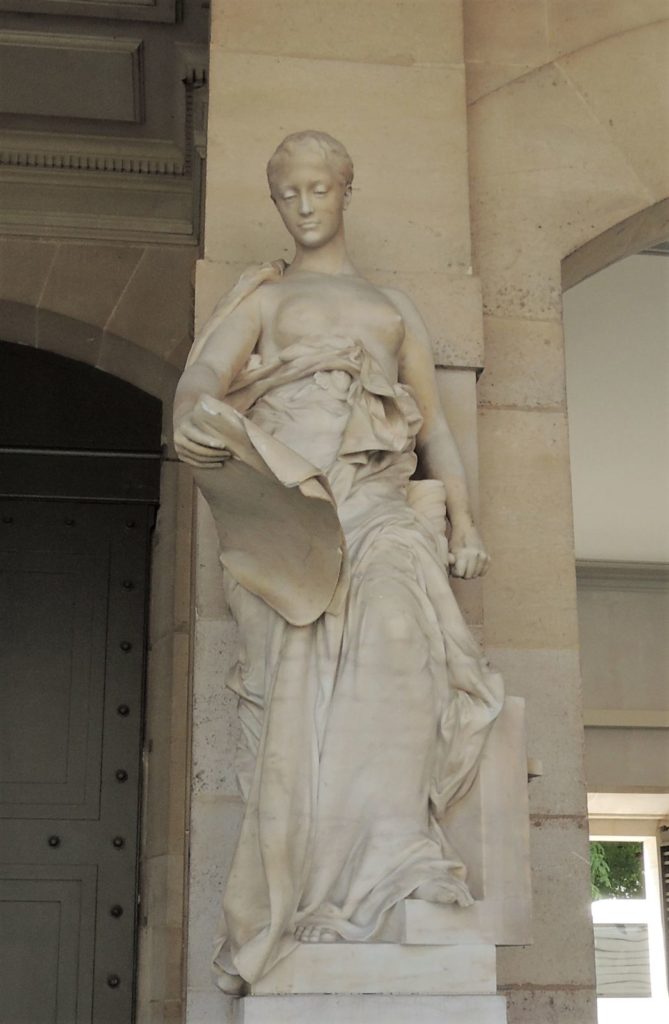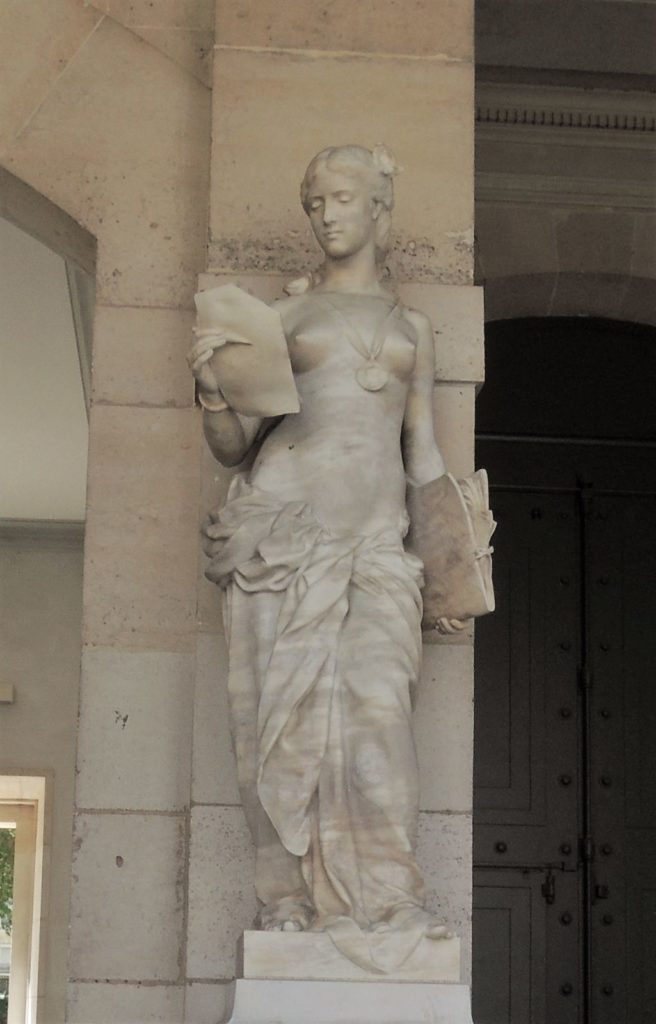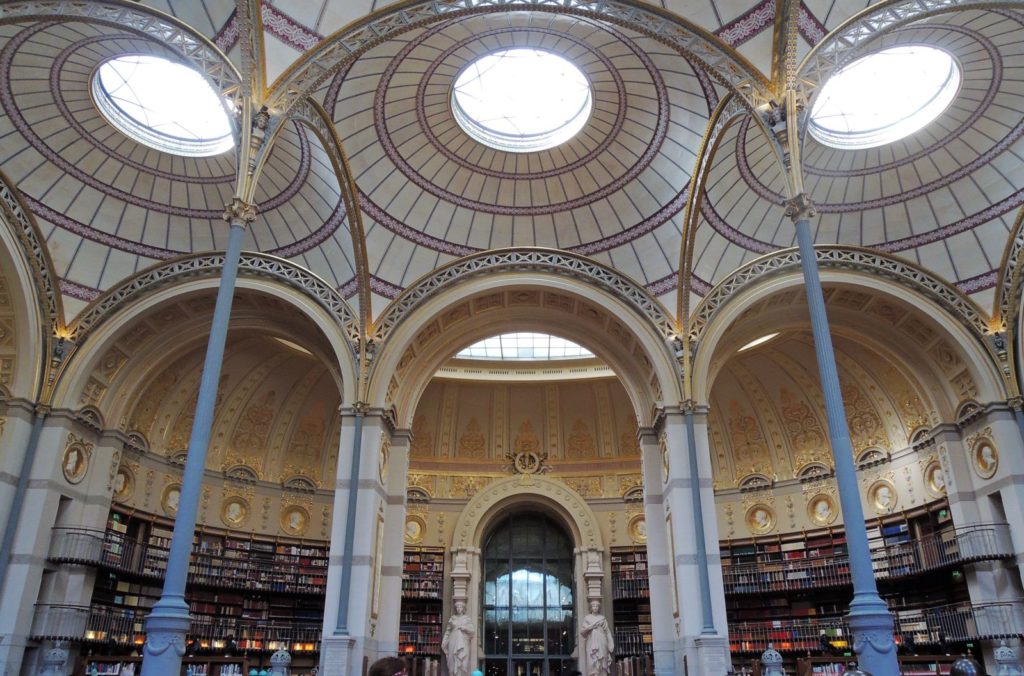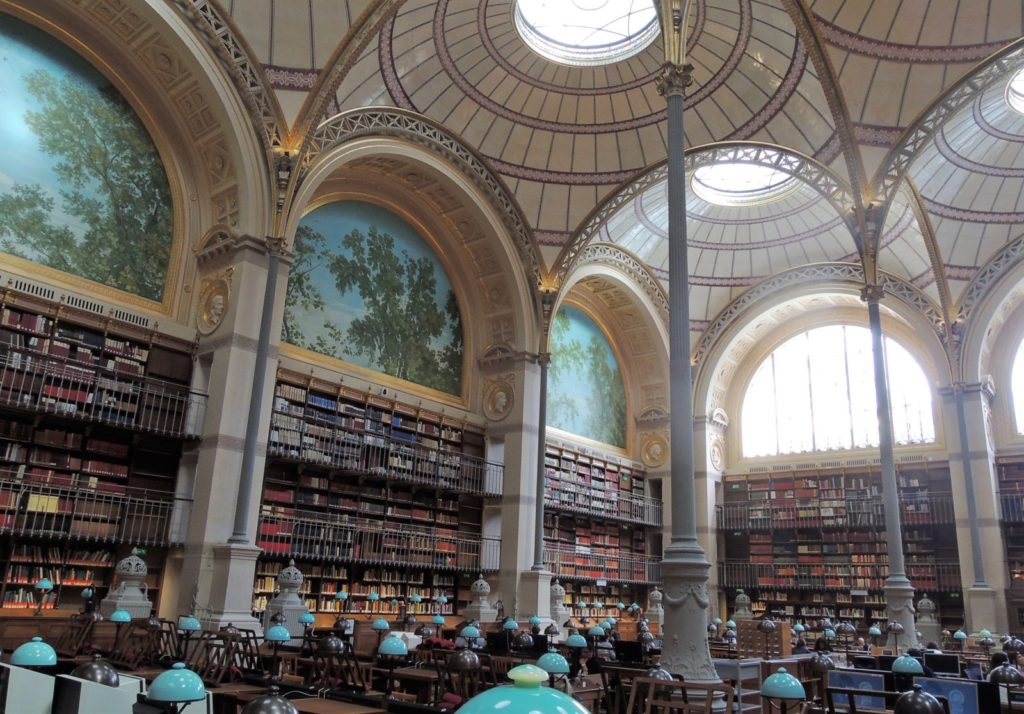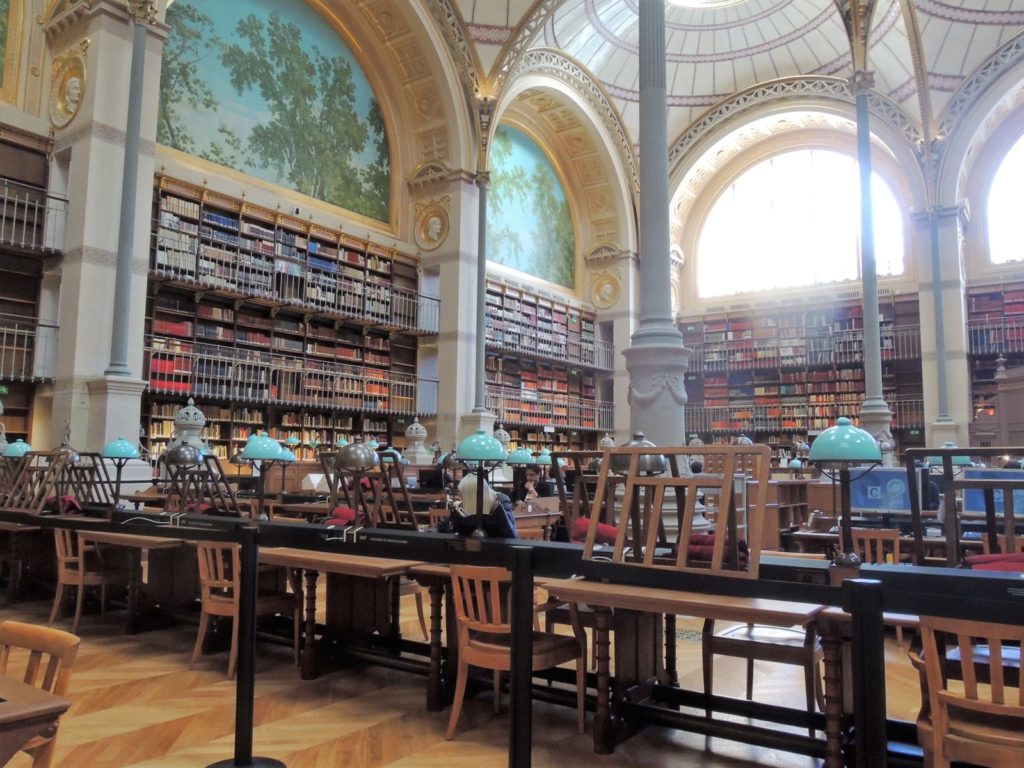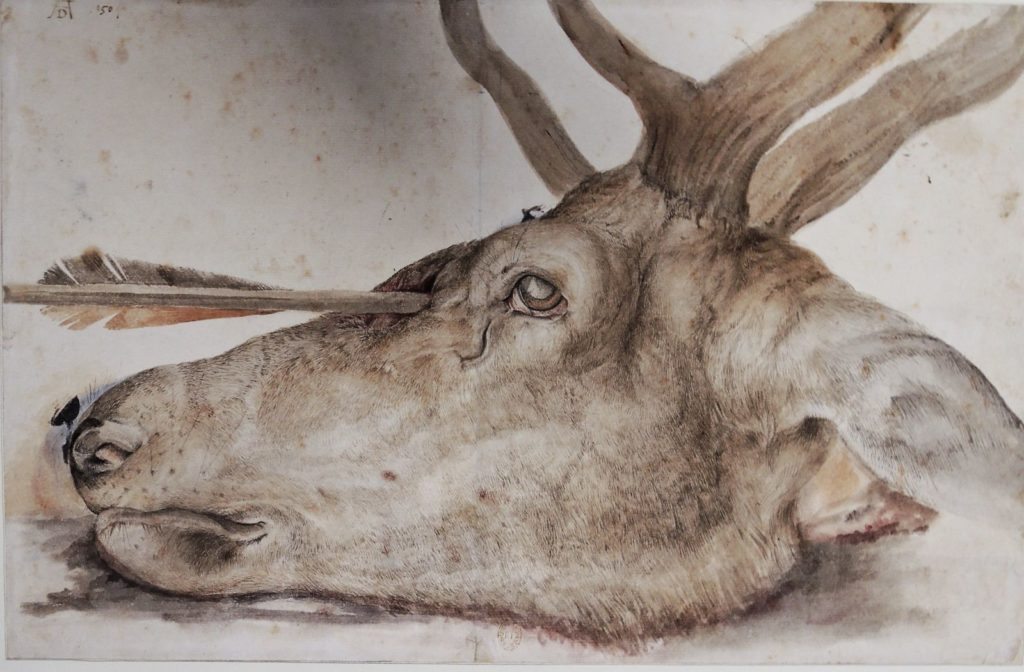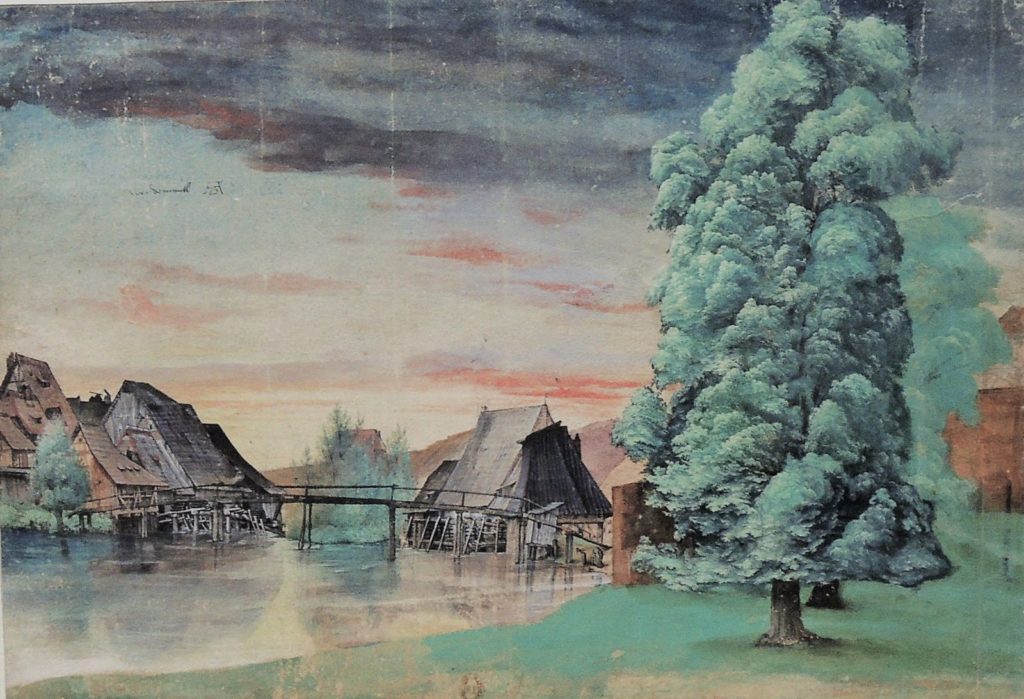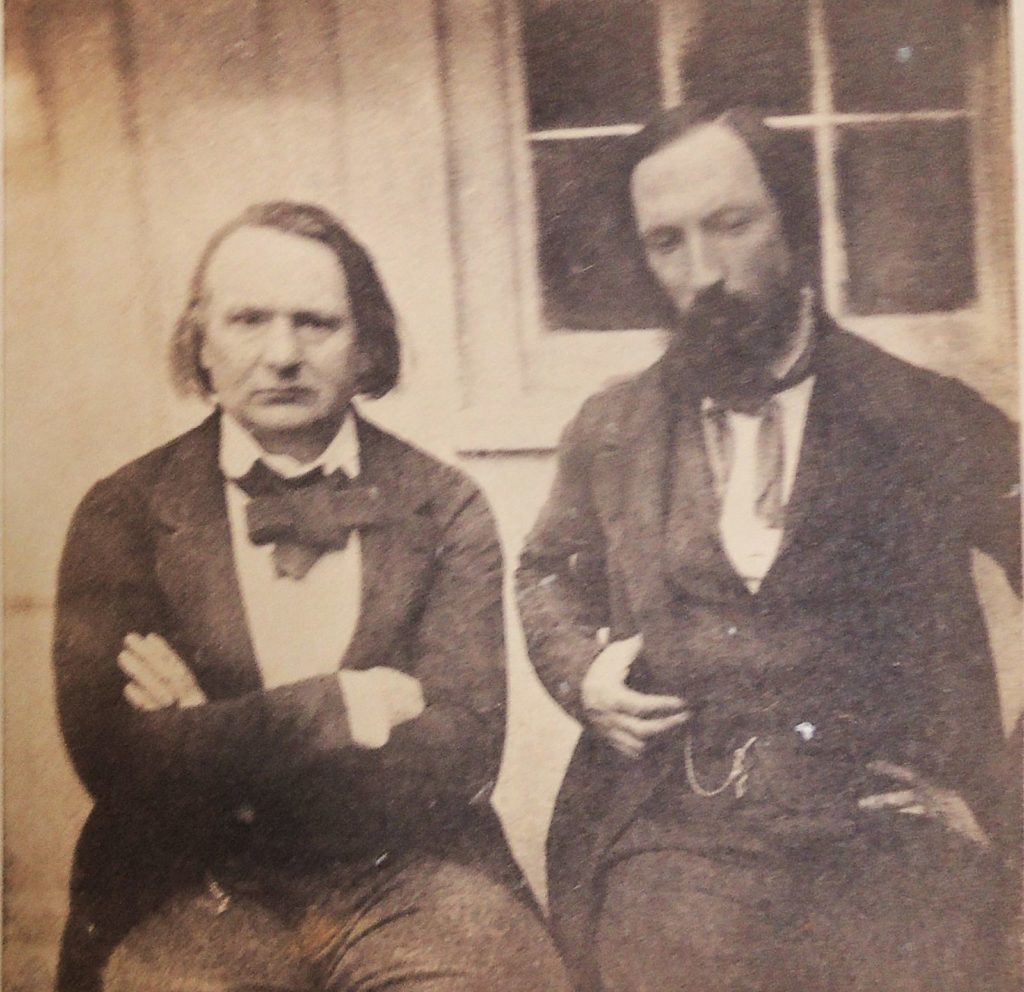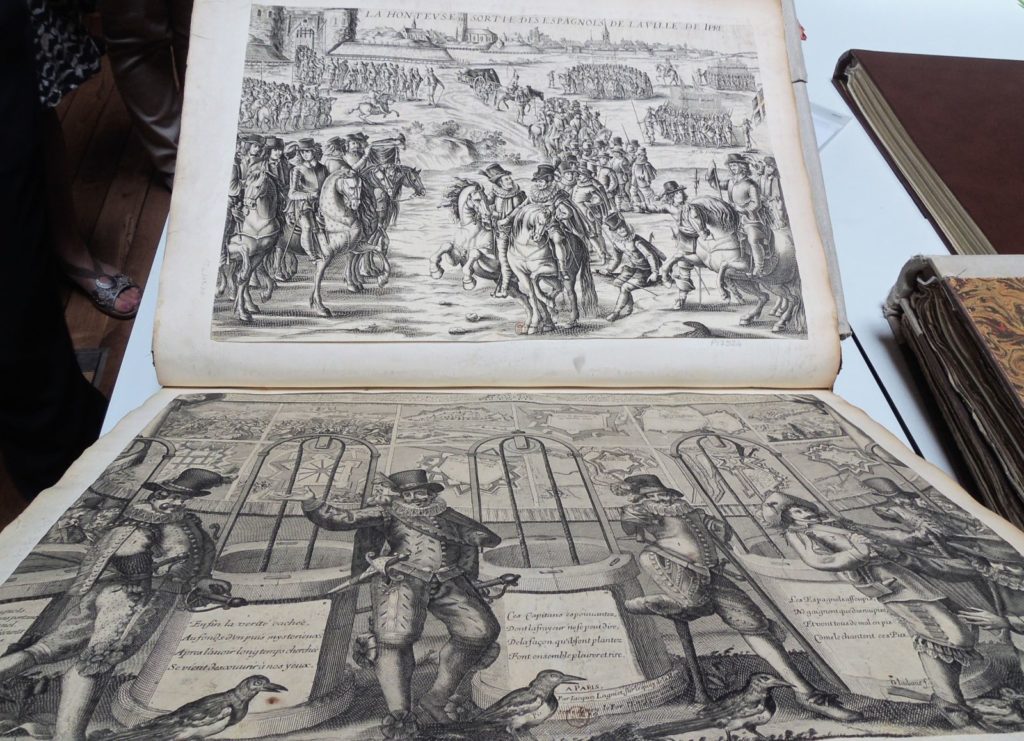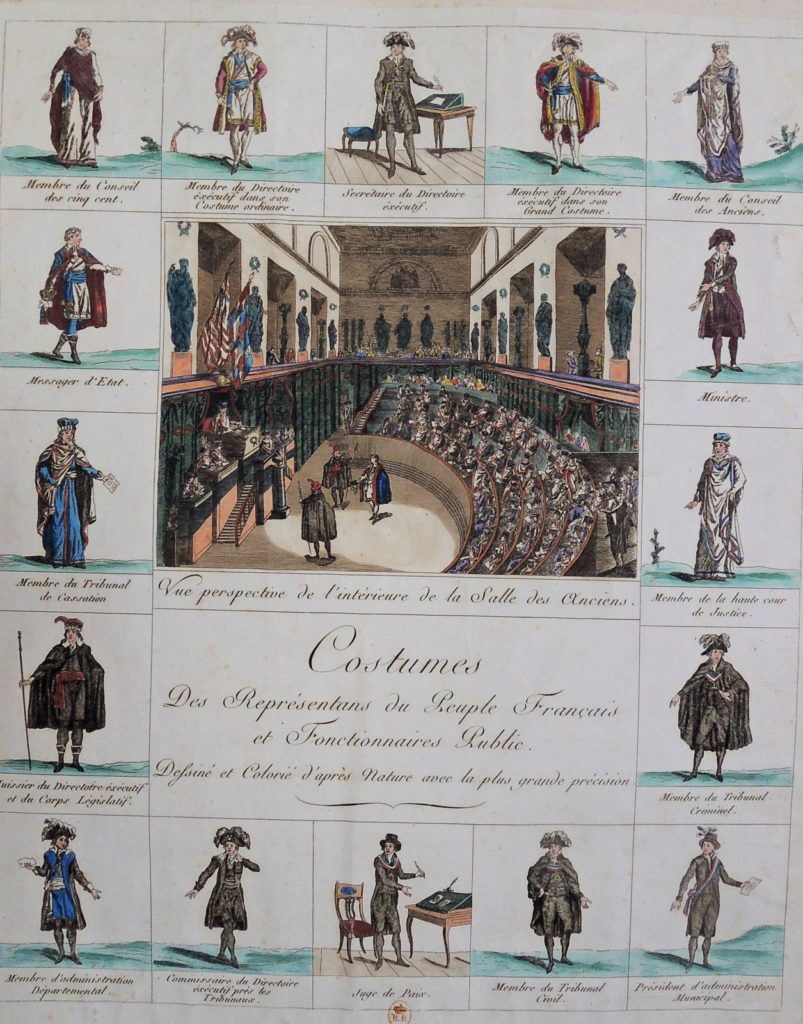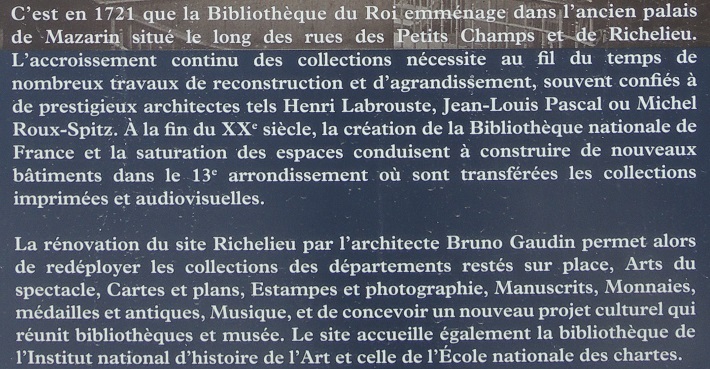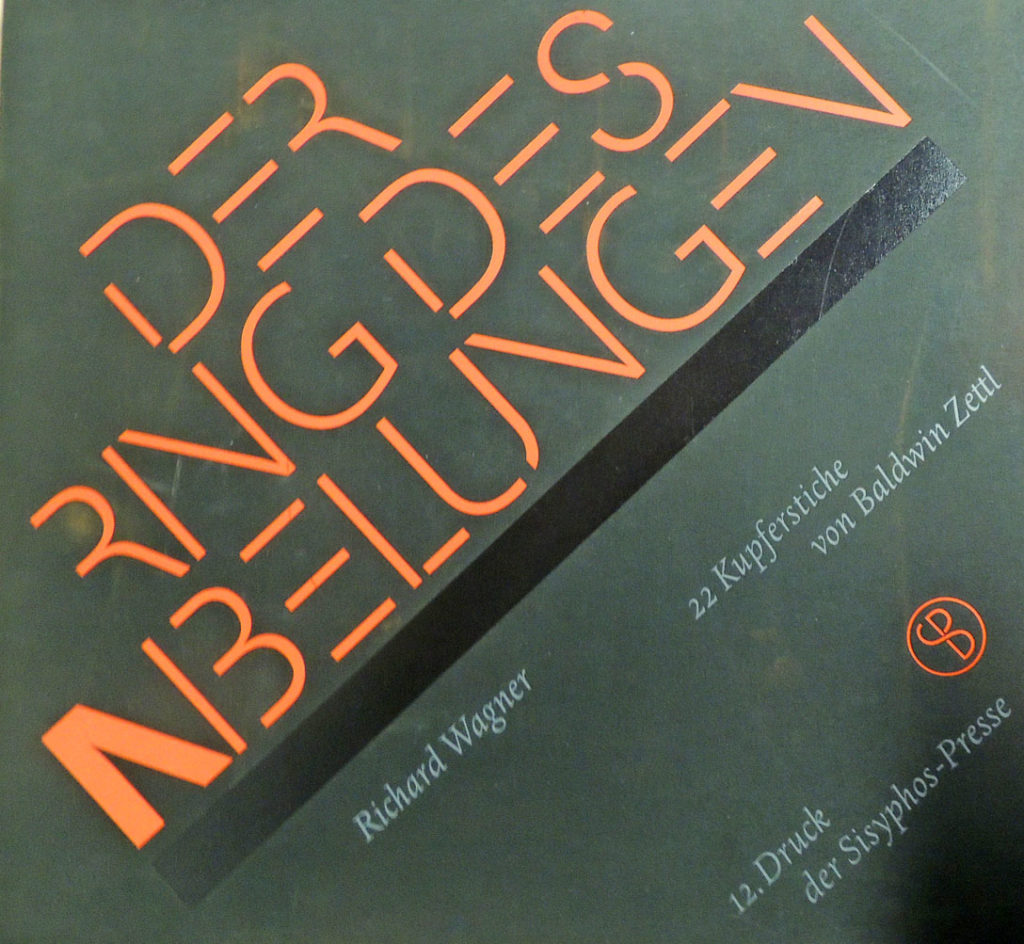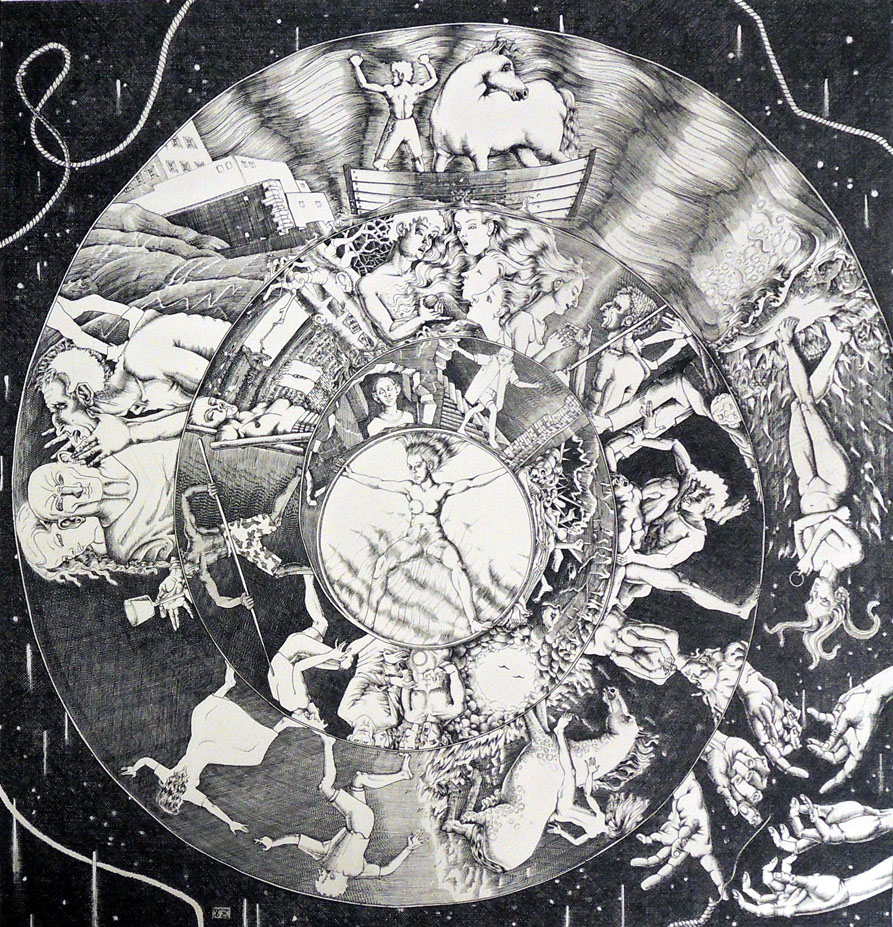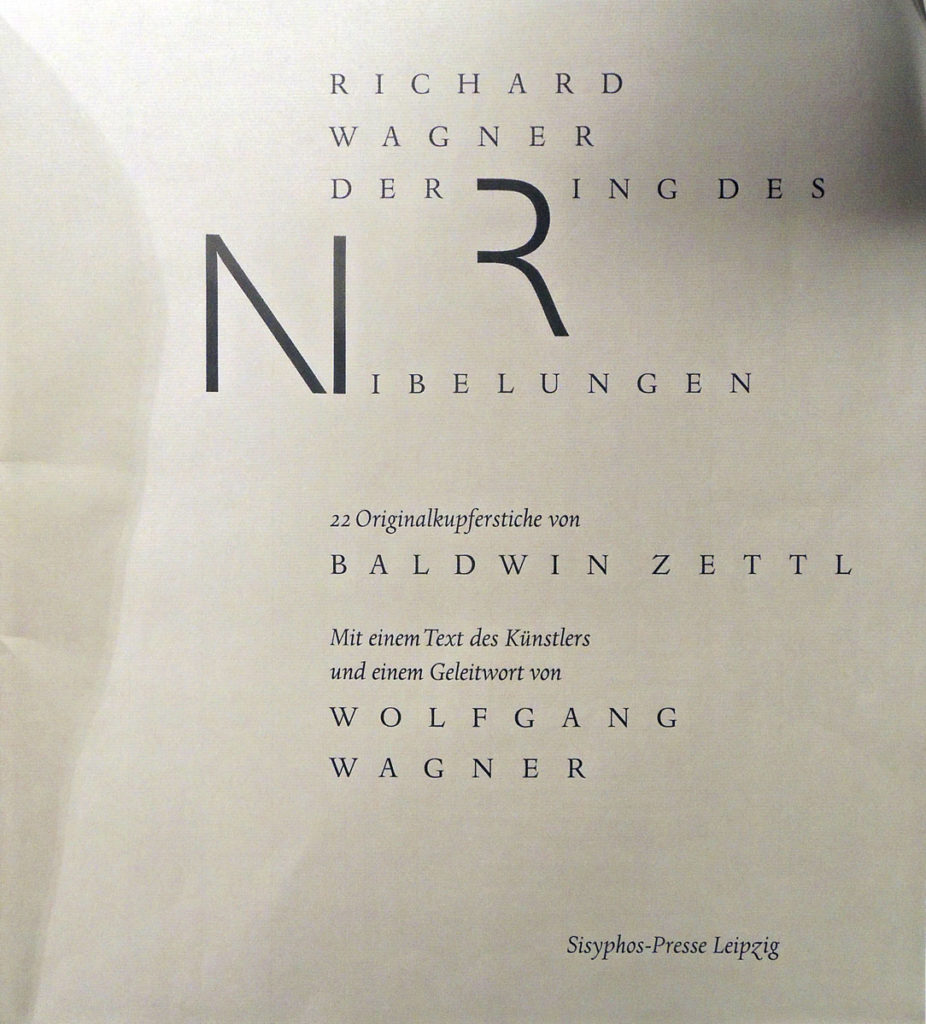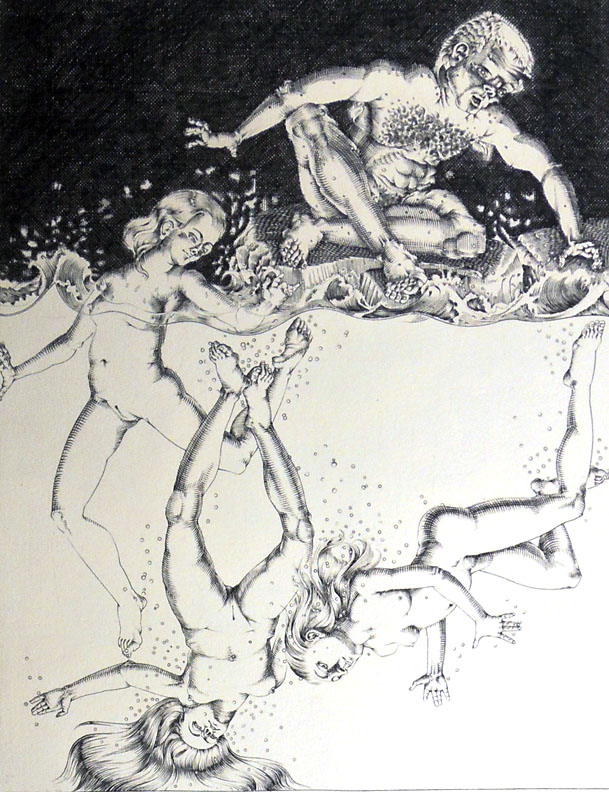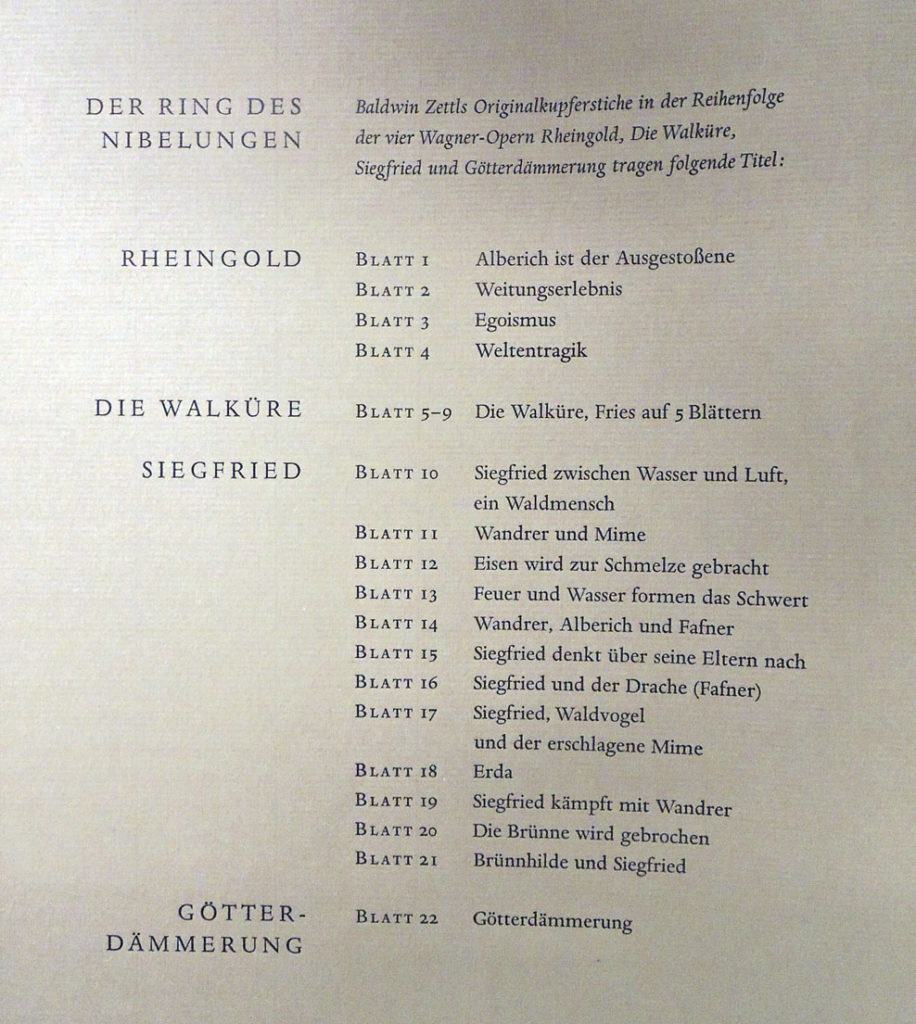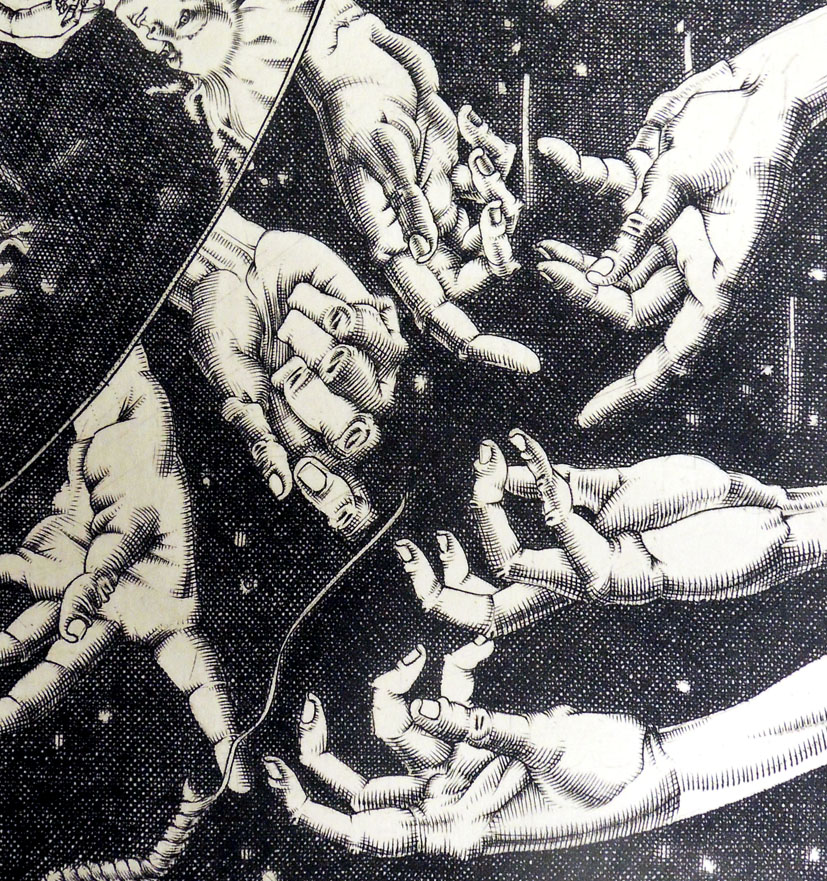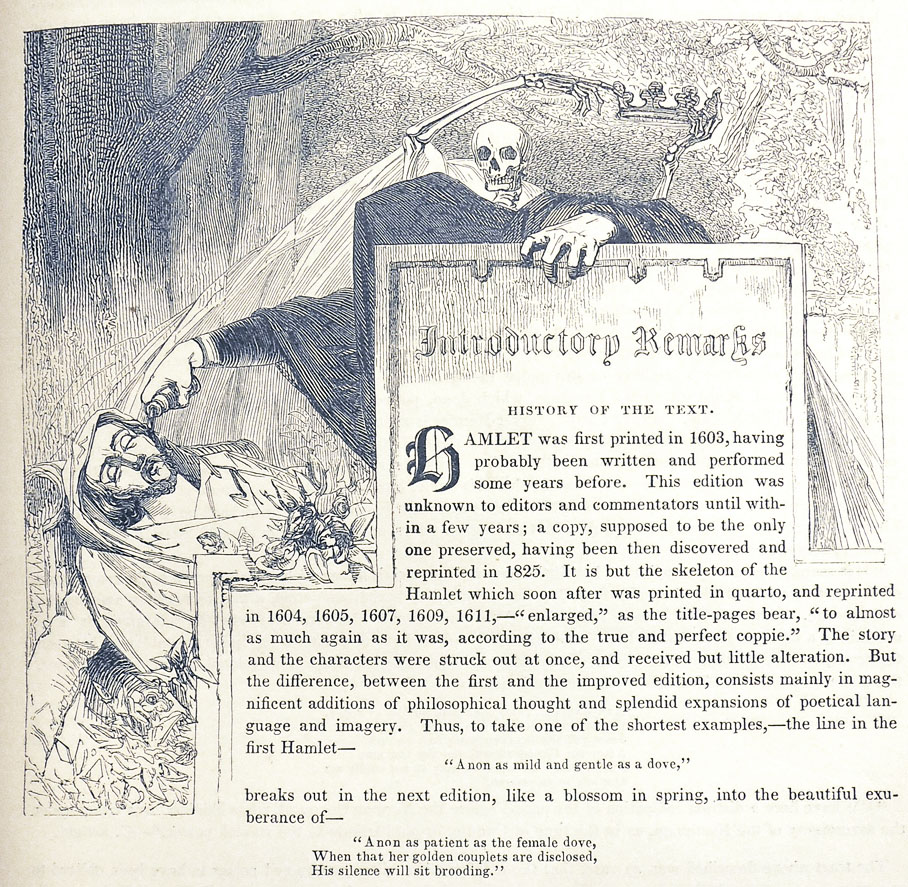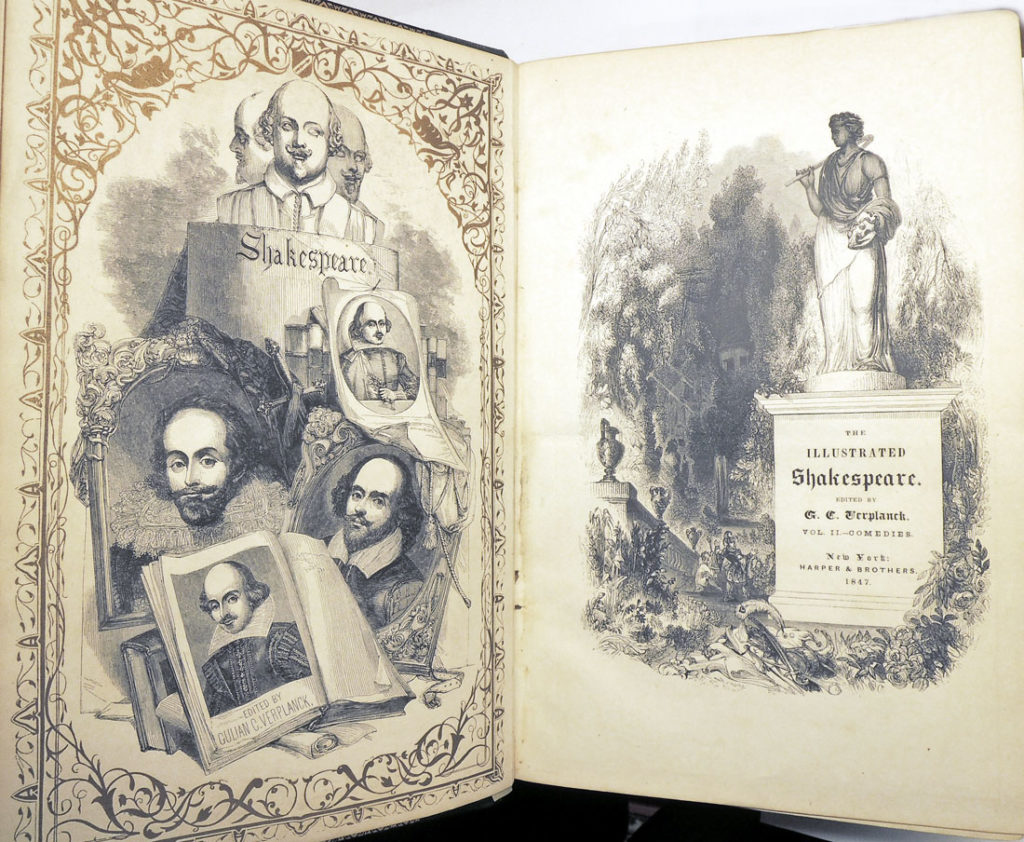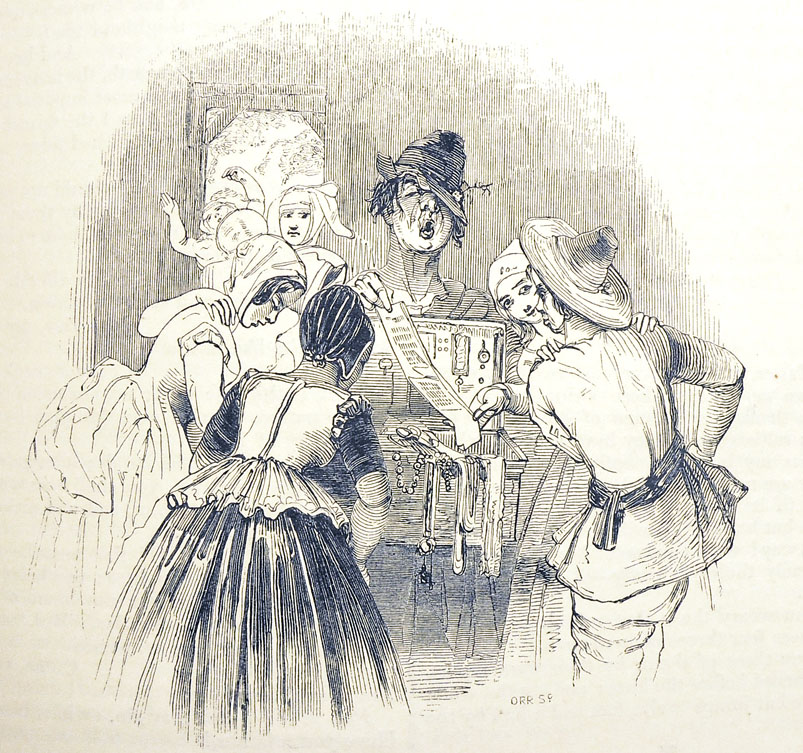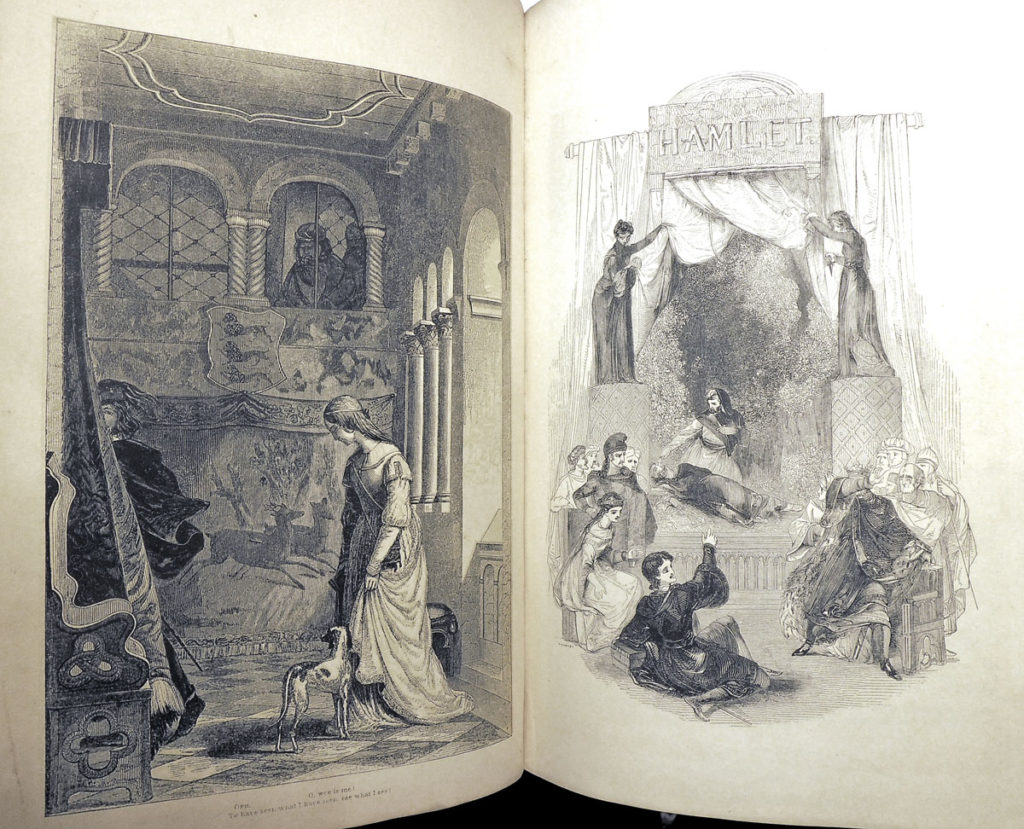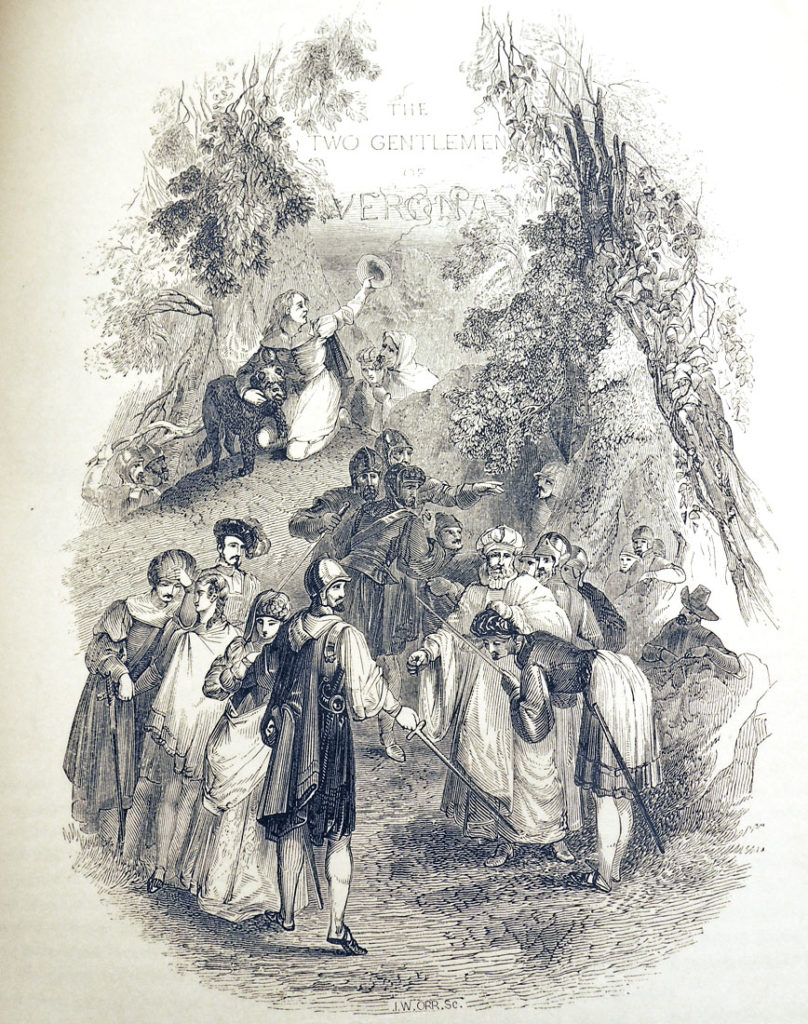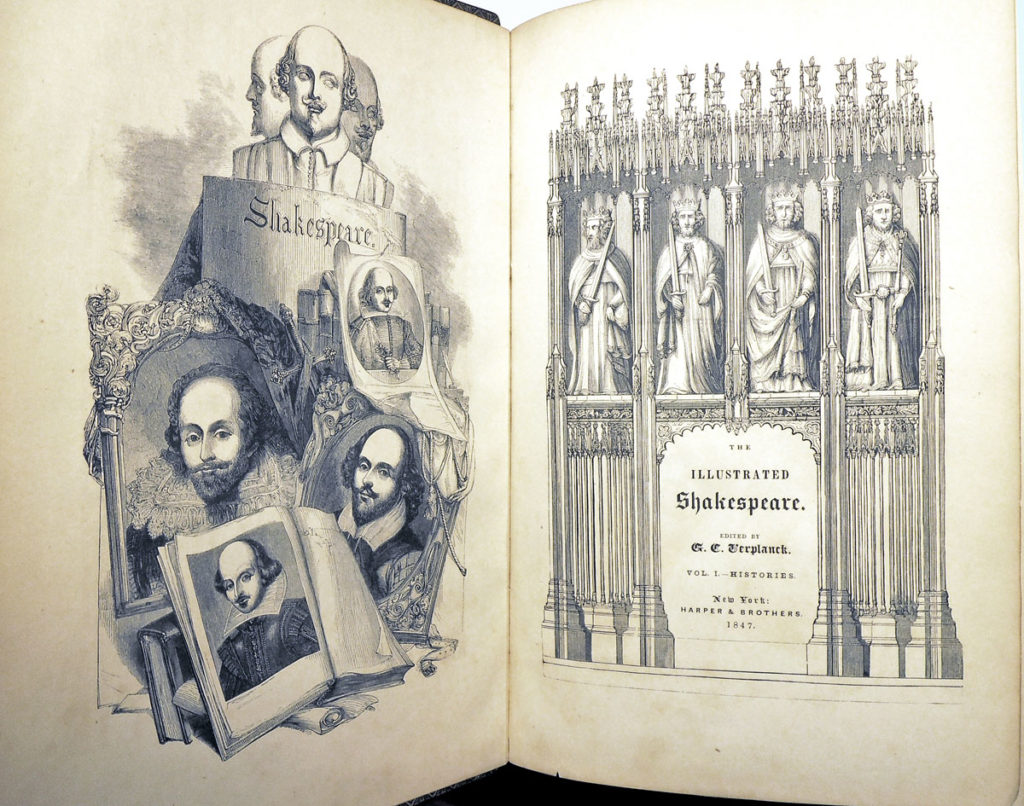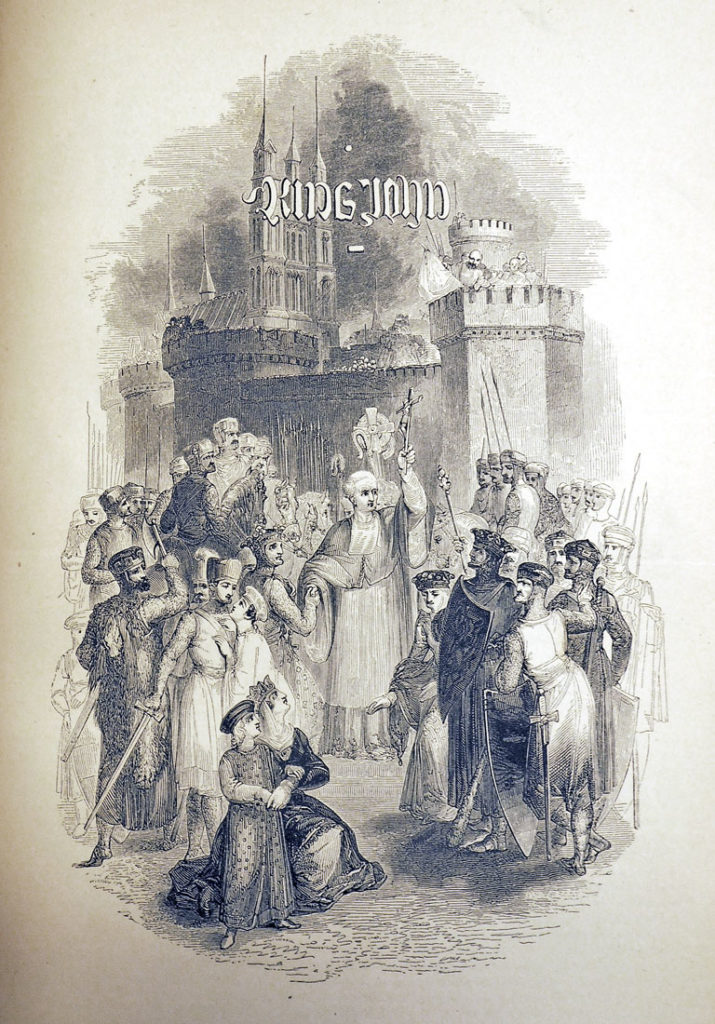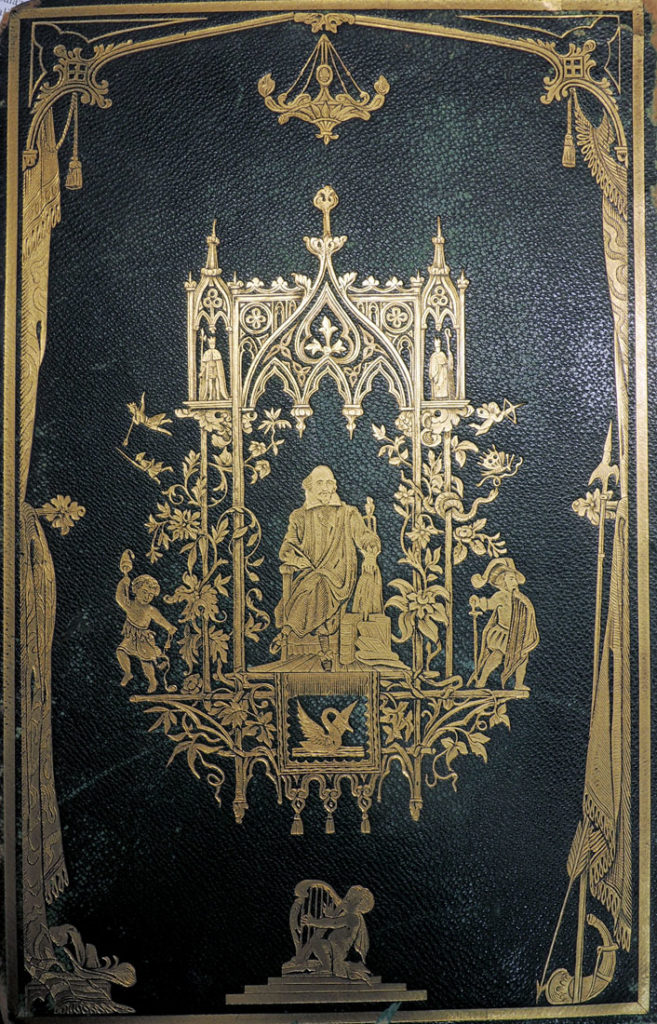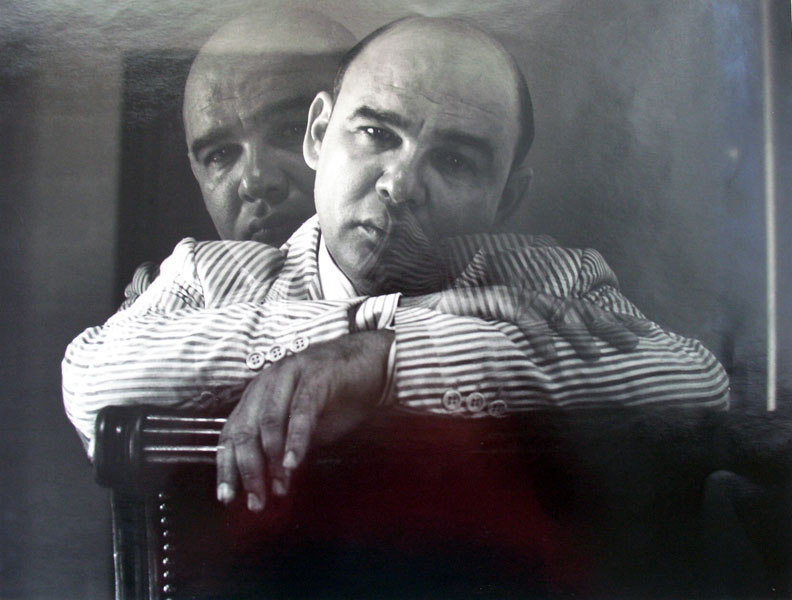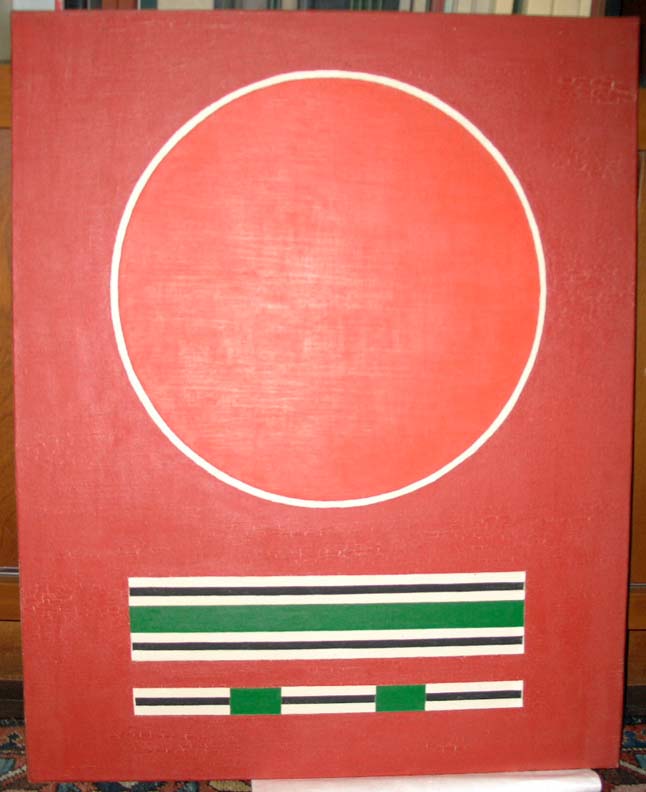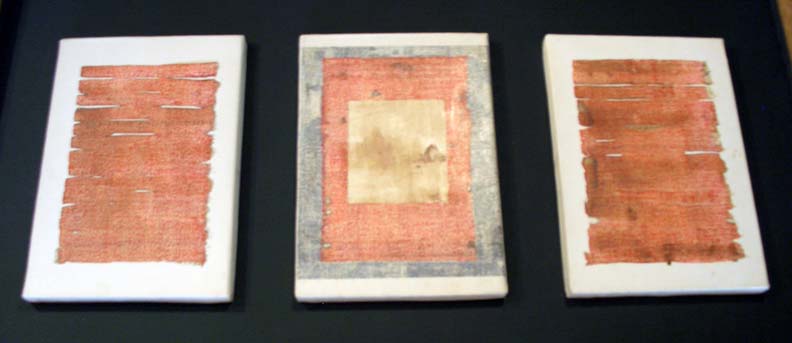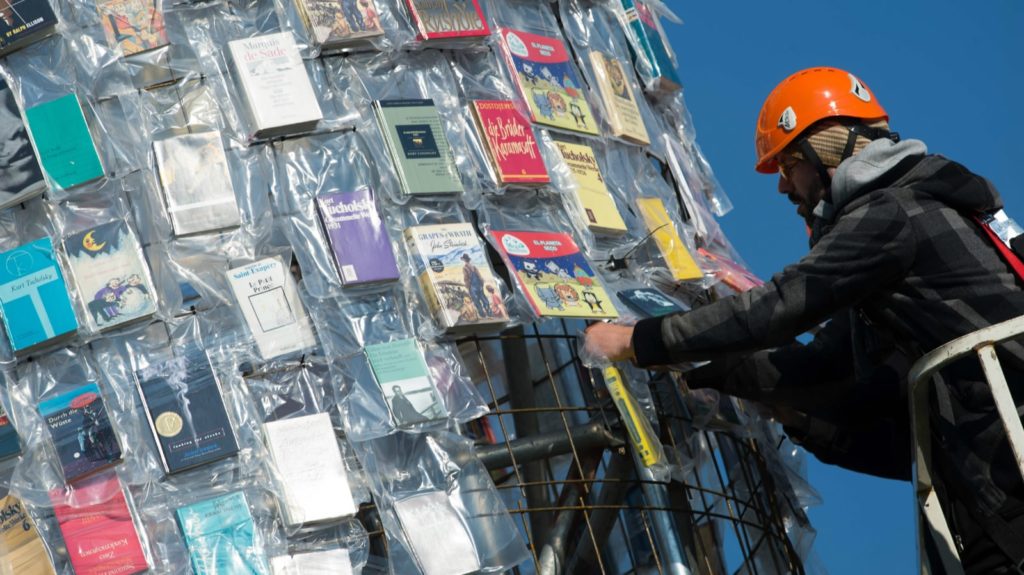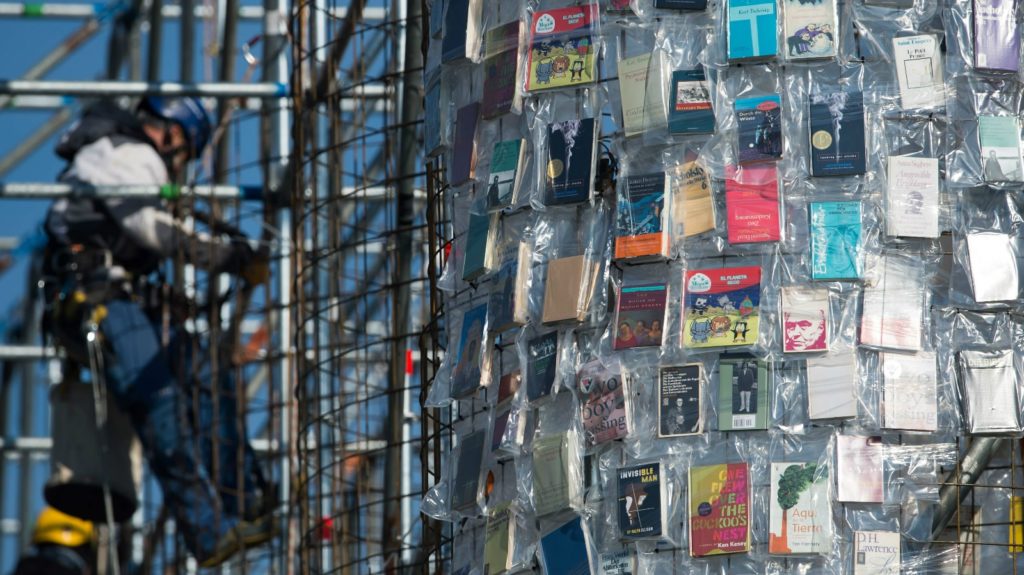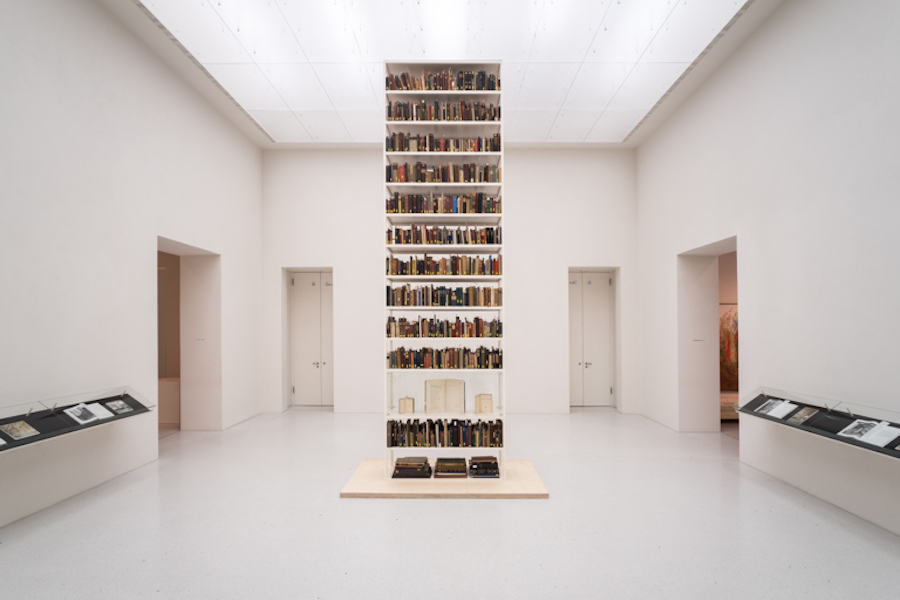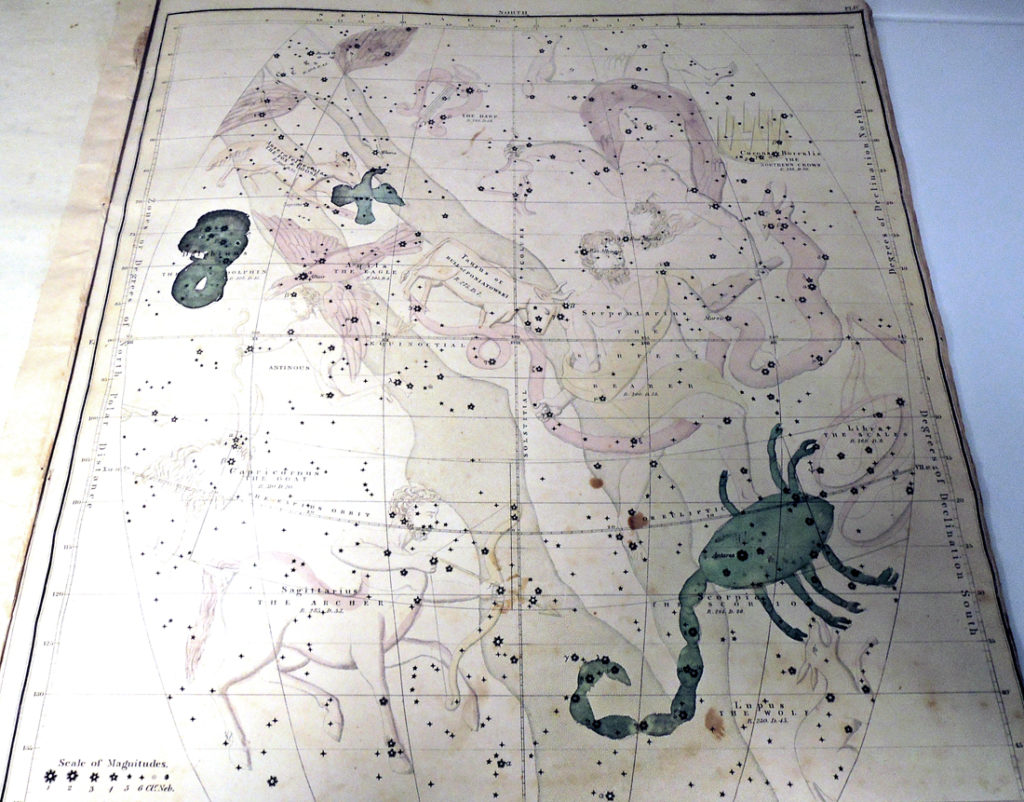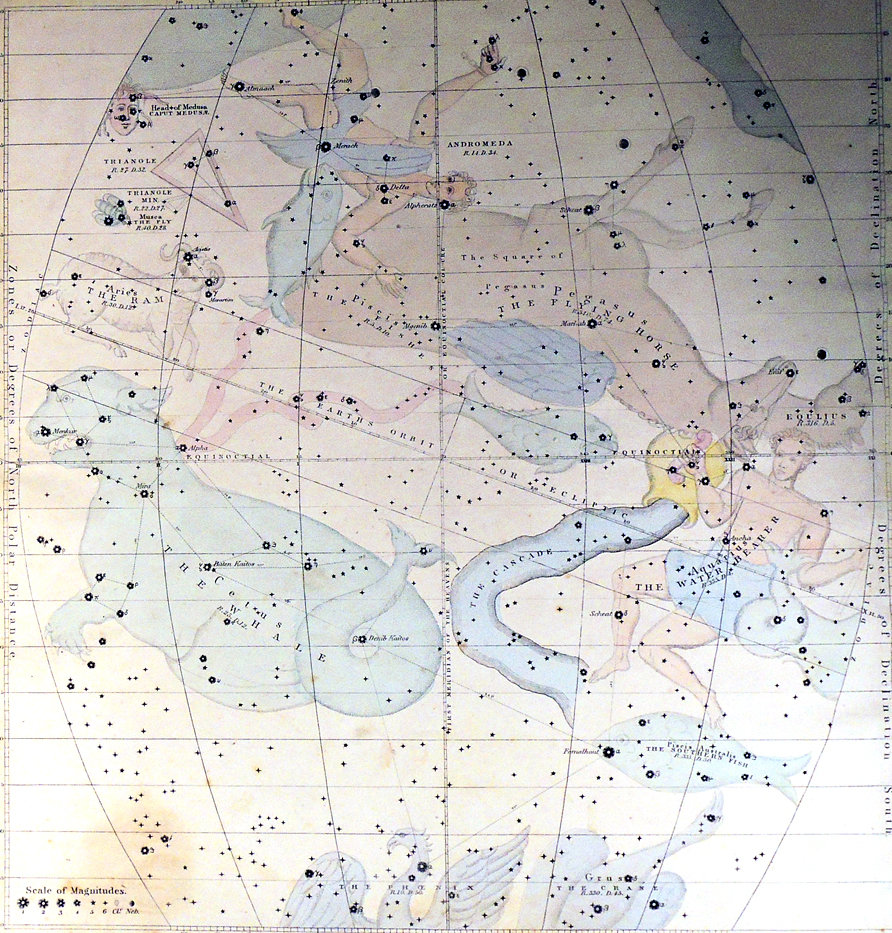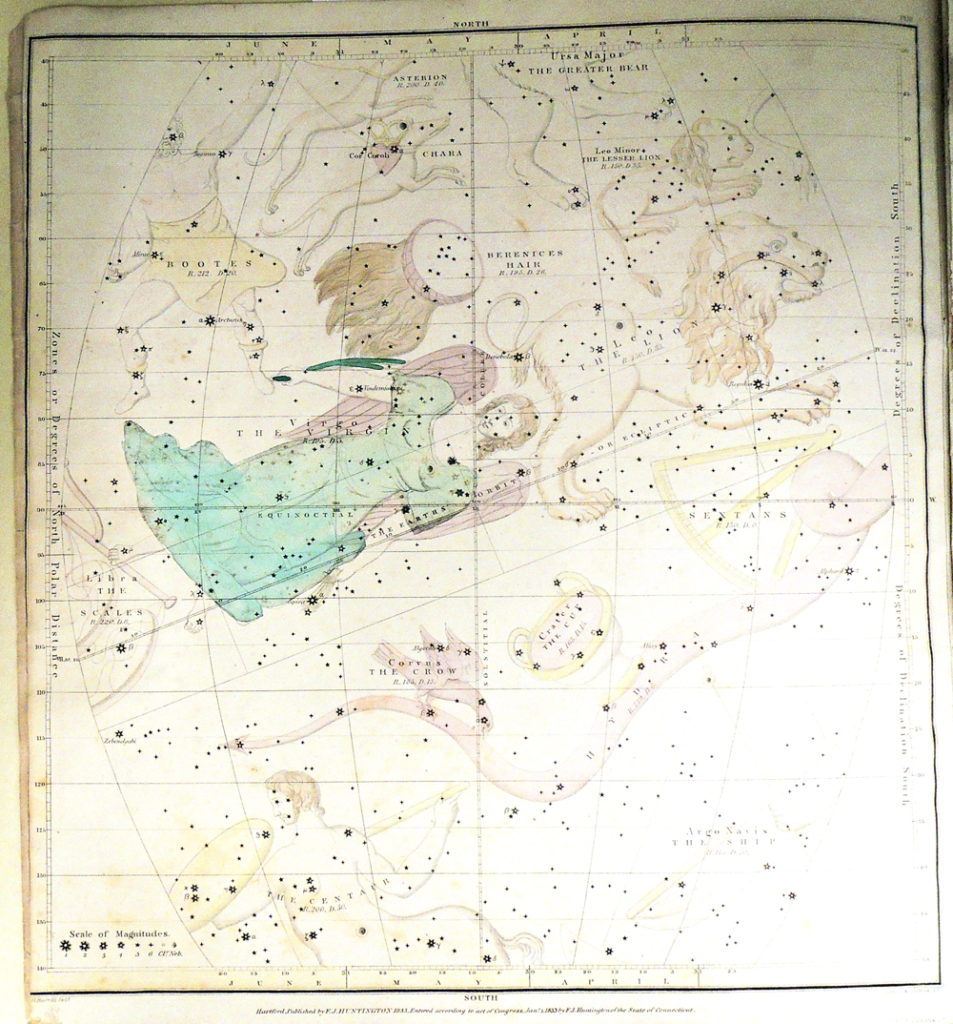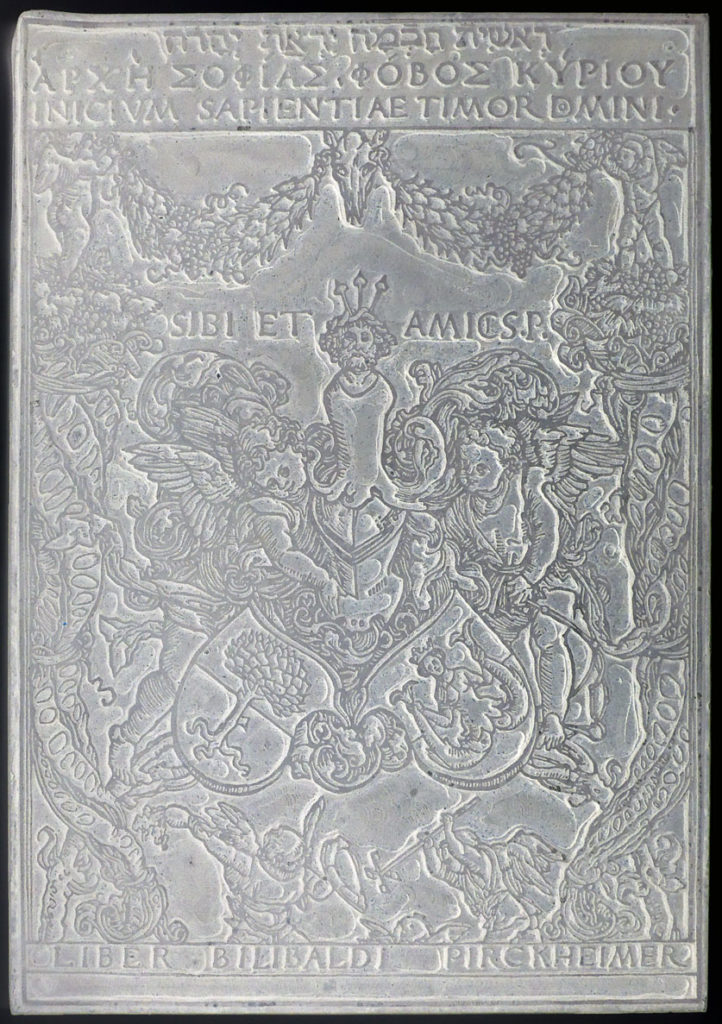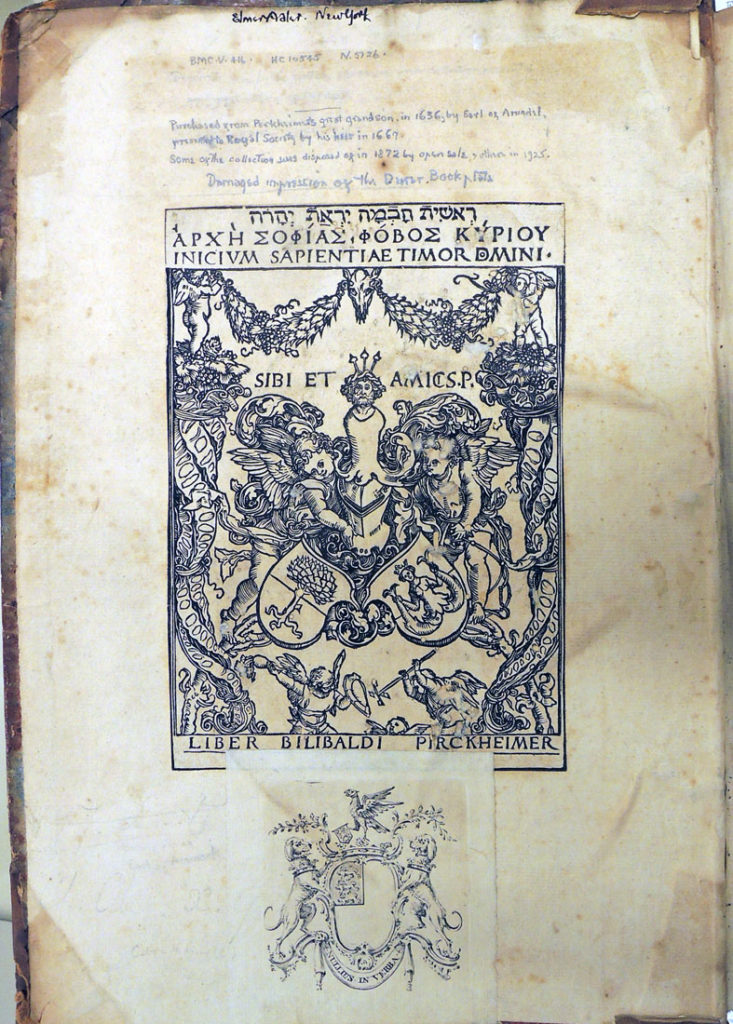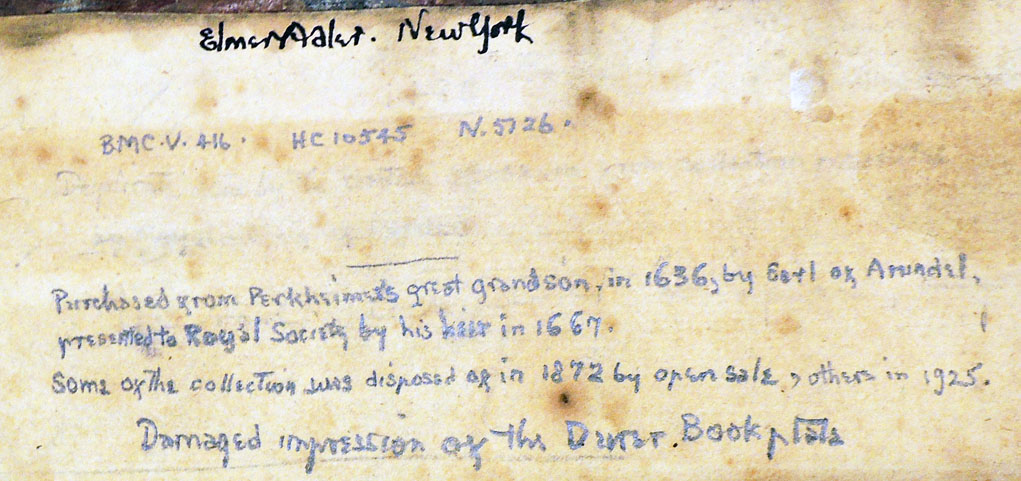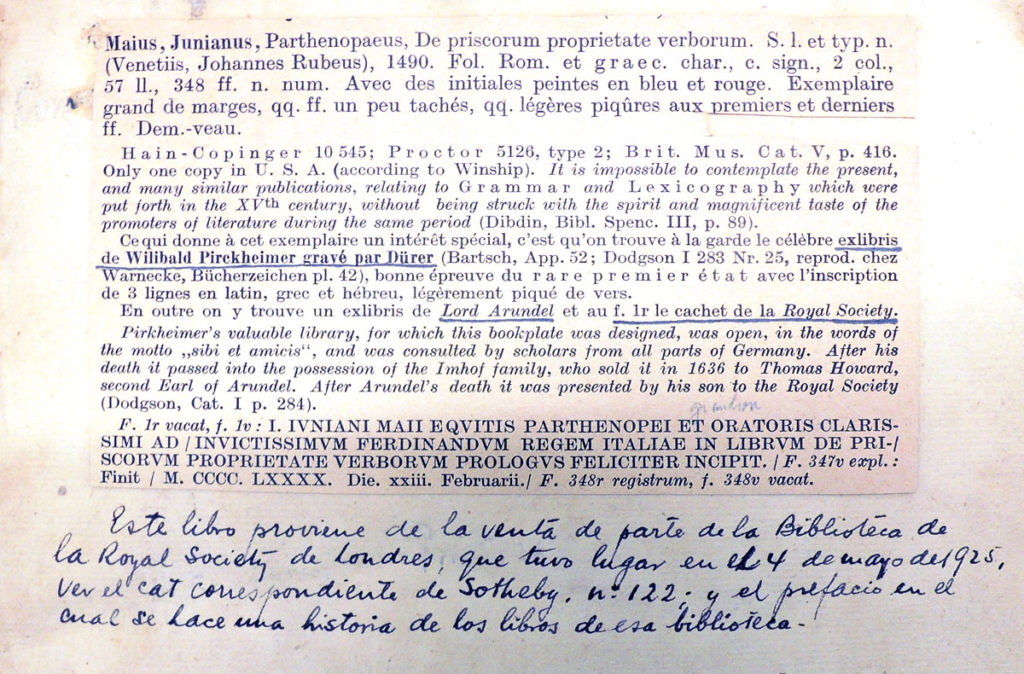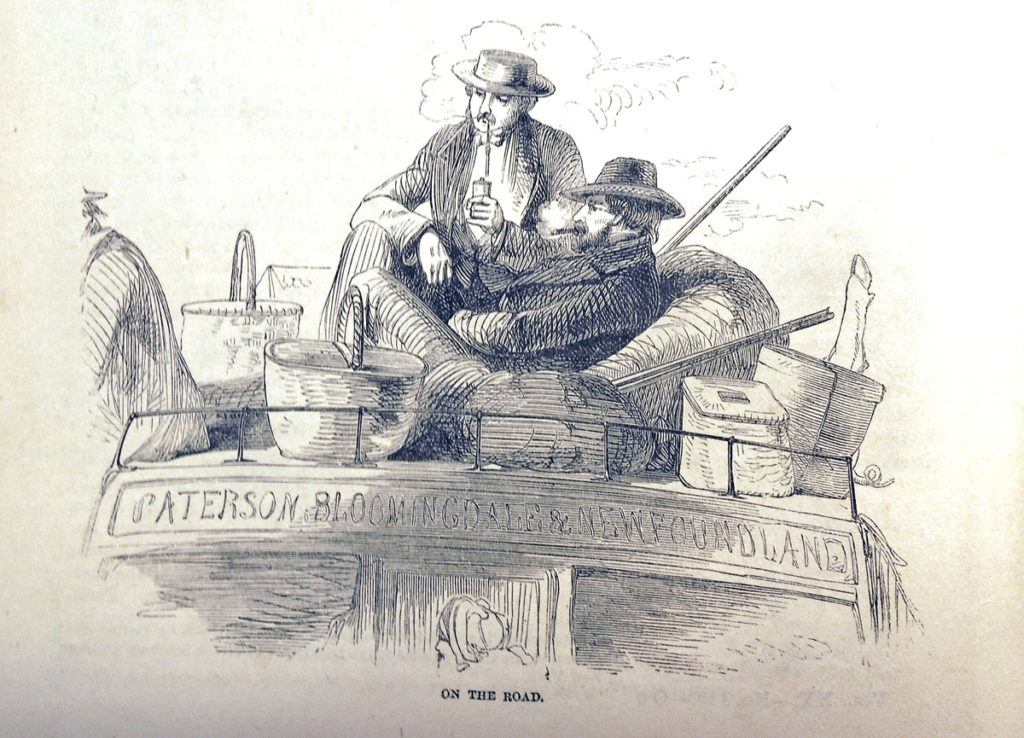
As children, John William Orr (1815-1887, top right) and Nathaniel Orr (1822-1908, top left sitting upright) moved every few years from New York to Belfont, Pennsylvania; London Canada; Detroit, Michigan; and Perrysburg, Ohio. Their father died in Ohio and the family moved once more to live with relatives in Buffalo, New York. John was fourteen, Nathaniel was seven, and both dreamed of becoming artists.
To help support the family, John spent his teenage years working as a clerk in the Buffalo Post Office. This mundane work ended only a few days after his twenty-first birthday, when John left for New York City to study under the artist William C. Redfield, brother of the publisher Julius S. Redfield. At the end of the year, John returned to Buffalo and became a leading force in the local arts community, elected president of the Society of Fine Arts in 1839.
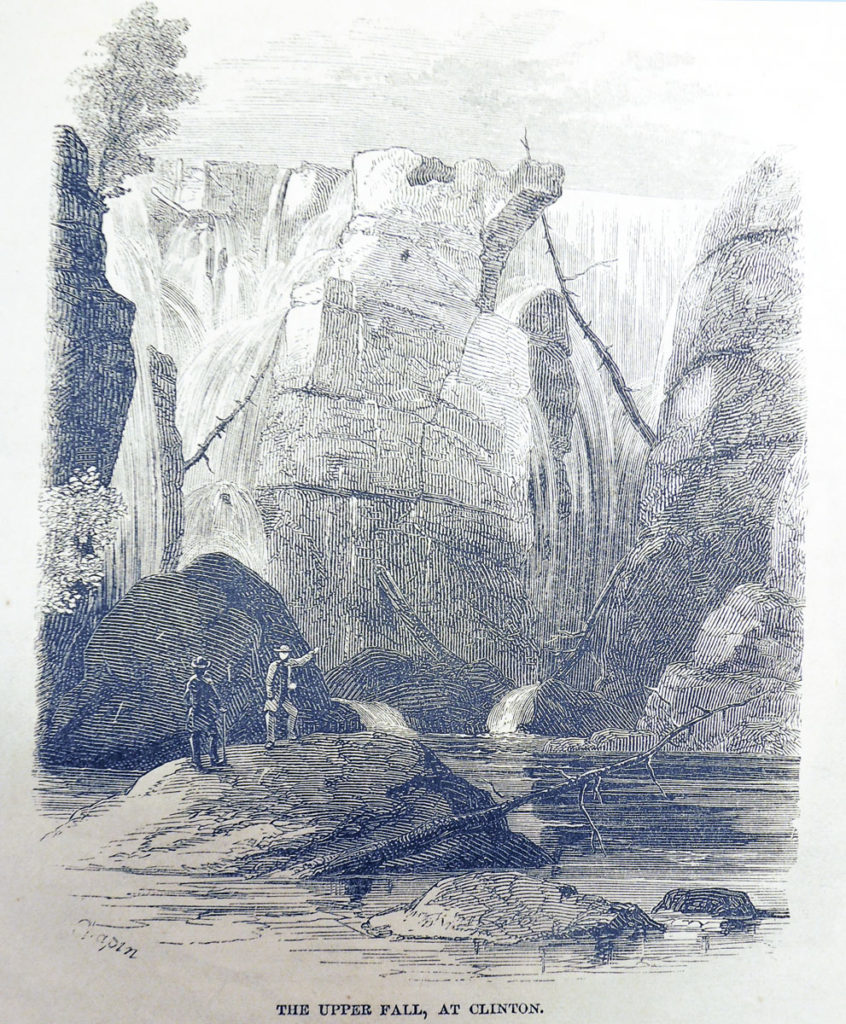 Meanwhile, his younger brother Nathaniel finished a Buffalo apprenticeship and was accepted as a student of John H. Hall, one of only five students of the earliest and best American engraver Alexander Anderson (1775-1870). Nathaniel moved to Albany where Hall lived and John soon followed.
Meanwhile, his younger brother Nathaniel finished a Buffalo apprenticeship and was accepted as a student of John H. Hall, one of only five students of the earliest and best American engraver Alexander Anderson (1775-1870). Nathaniel moved to Albany where Hall lived and John soon followed.
Between 1838 and 1846, John Orr illustrated part or all of a series of guidebooks to Niagara Falls and upstate New York, including Settlement in the West: Sketches of Rochester (1838); The Falls of Niagara, or Tourist’s Guide to This Wonder of Nature (1839); The Travellers’ Own Book to Saratoga Springs, Niagara Falls and Canada (1842); Pictorial Guide to the Falls of Niagara (1842); The Picturesque Tourist: Being a Guide Through the Northern and Eastern States and Canada (1844); Peck’s Tourist’s Companion to Niagara Falls, Saratoga Springs, the Lakes, Canada, etc. (1845); A Picture of New-York in 1846 (1846); and Sketches of Niagara Falls and River (1846).
Little by little, Nathaniel took over the work being offered to J. H. Hall, including the wood engraving for J. A. Adams (1803-1880) and Harper’s Illuminated Bible (1846). Adams was impressed with Nathaniel’s work and encouraged the young artist to move to New York City, where he became the shop manager for Henry W. Hewet and his multi-volume edition of Shakespeare’s Plays (1847). Once again, John followed his younger brother, setting up a studio at 75 Nassau Street.
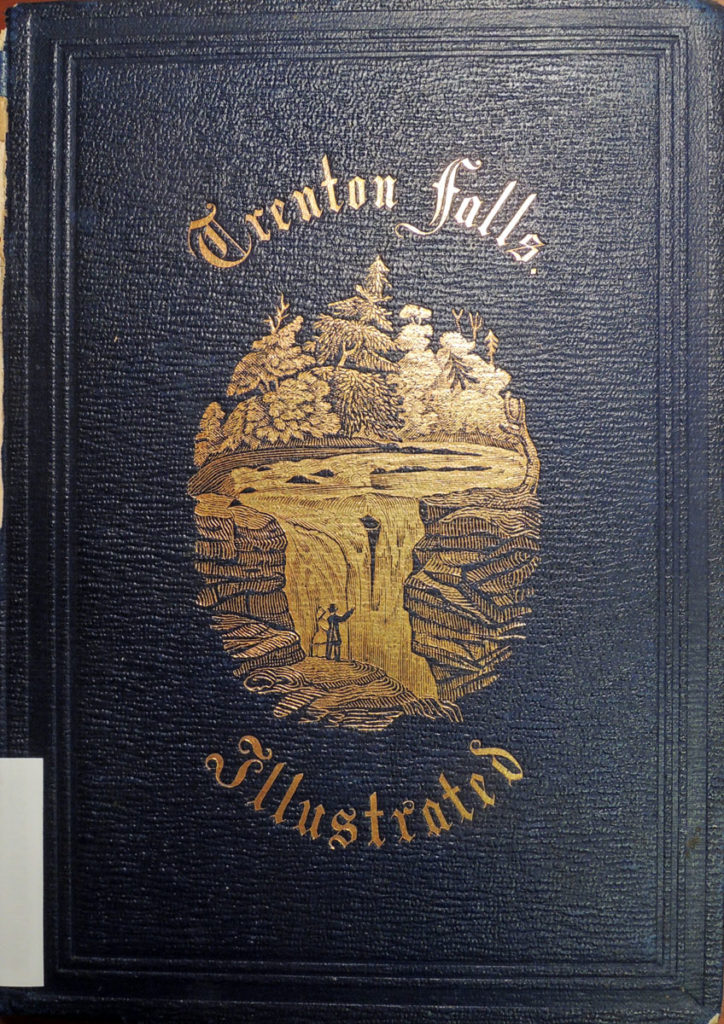 In 1851, Nathaniel received a commission to engrave the cuts for Nathaniel Parker Willis (1806-1867), Trenton Falls: Picturesque and Descriptive and became acquainted with the wilderness across the Hudson River in New Jersey. At the same time, John engraved the blocks for George William Curtis (1824-1892), Lotus-Eating…, with chapters on the Hudson and the Rhine; Catskill; Catskill Falls; Trenton; Niagara; Saratoga; Lake George; Nahant; and Newport (1852).
In 1851, Nathaniel received a commission to engrave the cuts for Nathaniel Parker Willis (1806-1867), Trenton Falls: Picturesque and Descriptive and became acquainted with the wilderness across the Hudson River in New Jersey. At the same time, John engraved the blocks for George William Curtis (1824-1892), Lotus-Eating…, with chapters on the Hudson and the Rhine; Catskill; Catskill Falls; Trenton; Niagara; Saratoga; Lake George; Nahant; and Newport (1852).
As time allowed, Nathaniel and John, both ardent hunters and fishermen, journeyed out of Manhattan to explore the neighboring state. Fellow Harper’s artist John R. Chapin (1827-1907) who lived in Rahway, must have accompanied the men, finally recording and publishing their adventures in Harper’s New Monthly Magazine as “Artist-Life in the Highlands,” in April 1860 and “Among the Nail-Makers,” in July 1860.
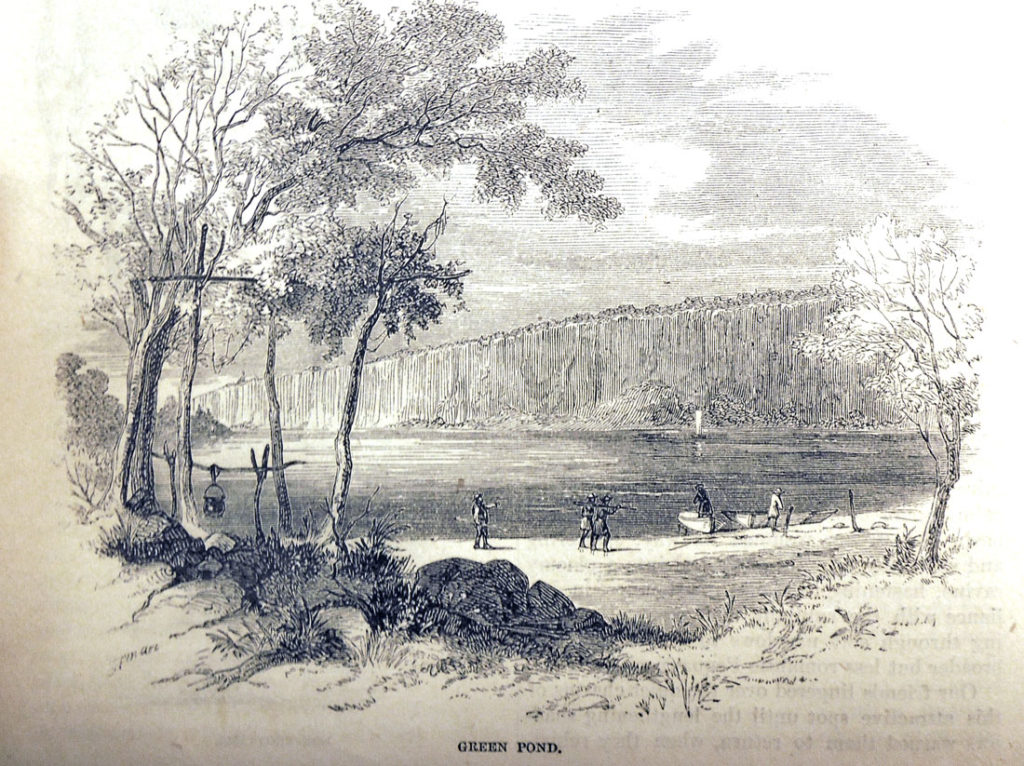
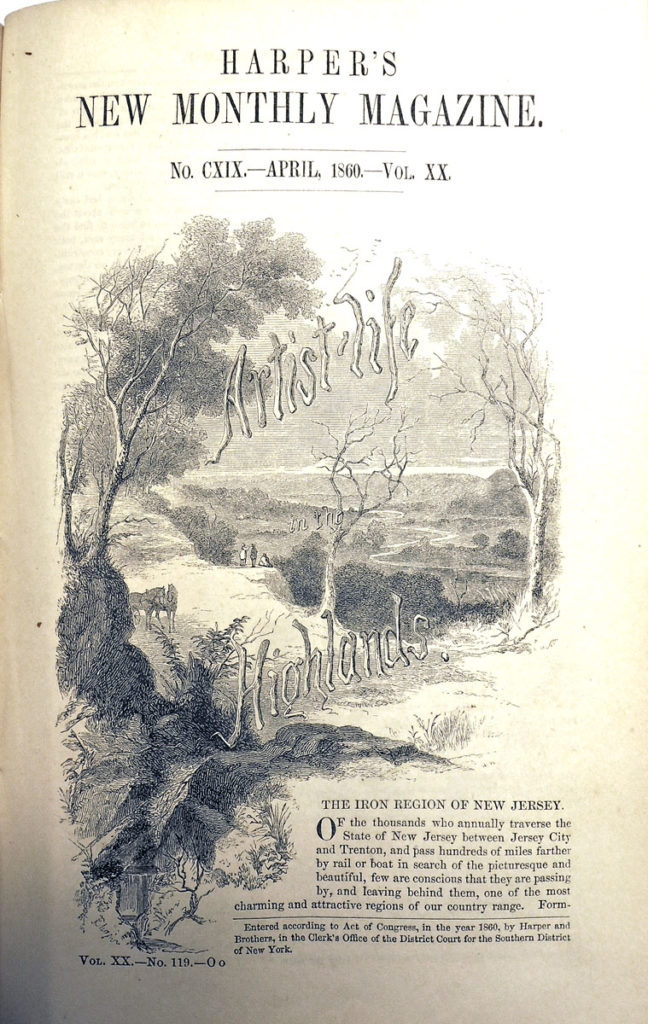
In Chapin’s stories, John is called Neutral Tint, “a tired artist in search of relaxation from a period of close application.” Nathaniel is called “Snell,” and described as a bit of an artist as well as a follower of Izaak Walton (author of The Compleat Angler). The stories are good but even better are the visual portraits drawn of the two brothers, giving us insight into their physical character and relationship.
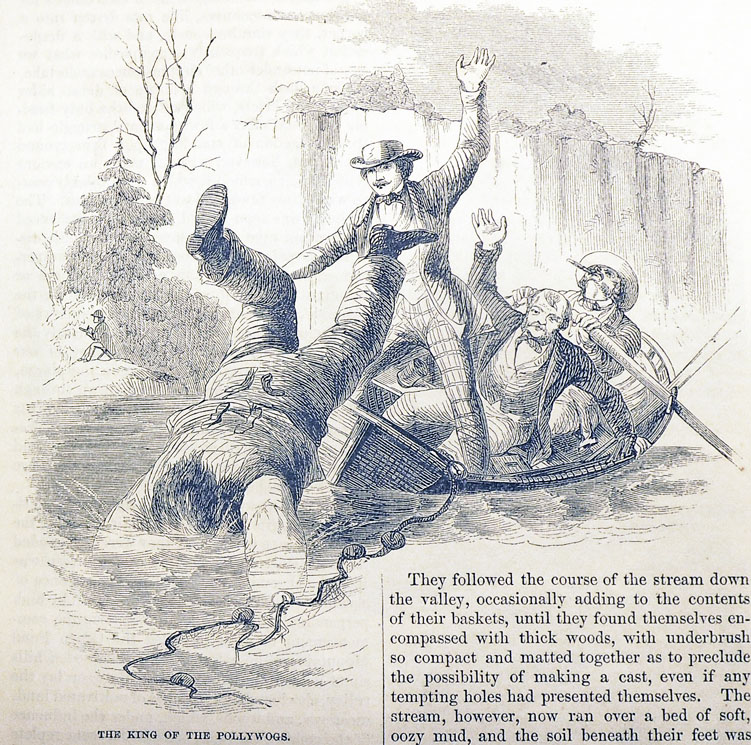
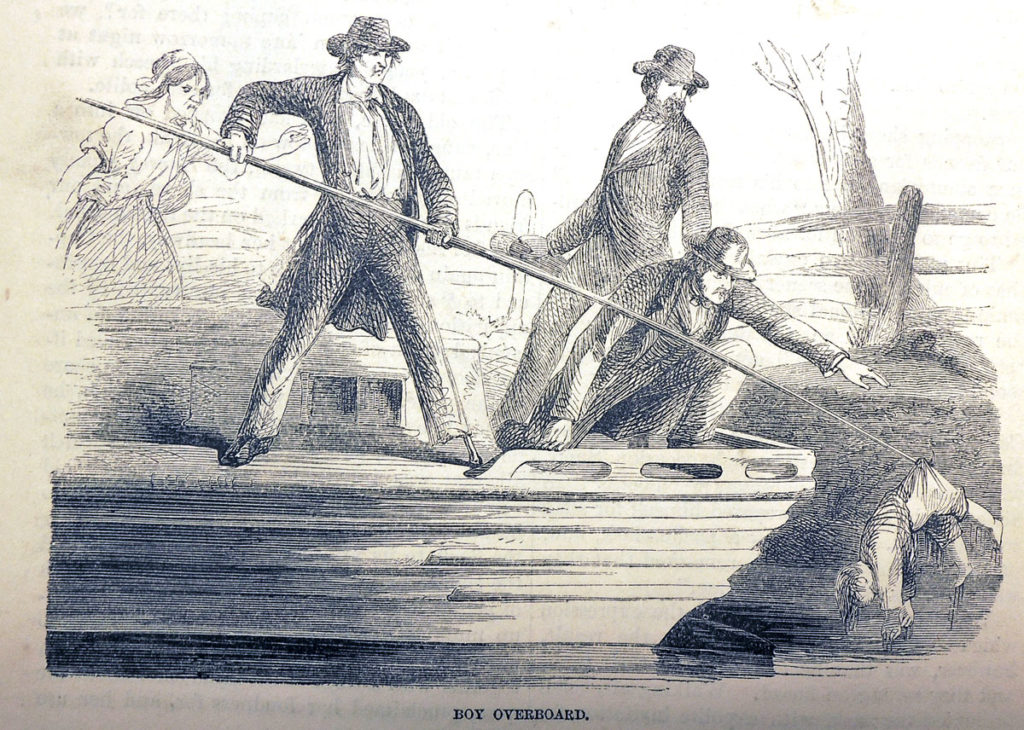
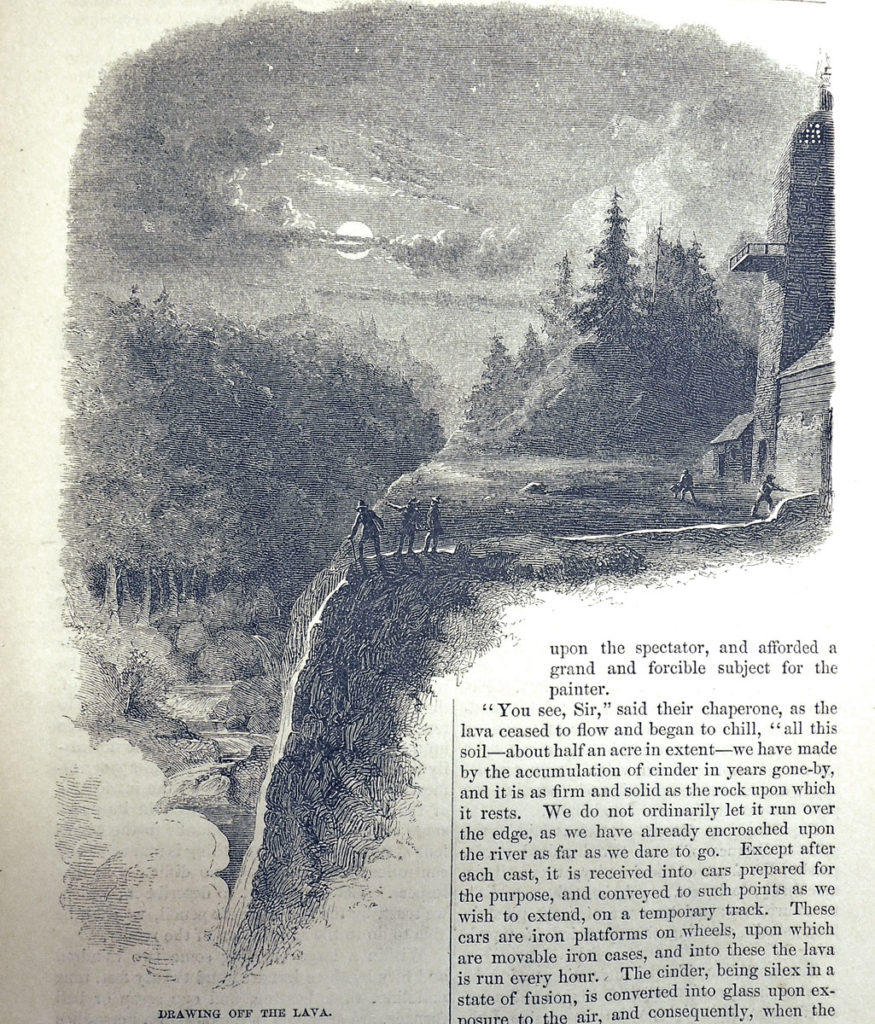
Nathaniel Parker Willis (1806-1867), editor. Trenton Falls, picturesque and descriptive, The principal illustrations from original designs by Heine, Kummer and Müller. Engraved on wood by N. Orr (New York: G. P. Putnam, 1851). (F) F129.T7 W7 1851
Harper’s New Monthly Magazine (New York: Harper & Brothers, [1850-1900]). Recap 0901.H295
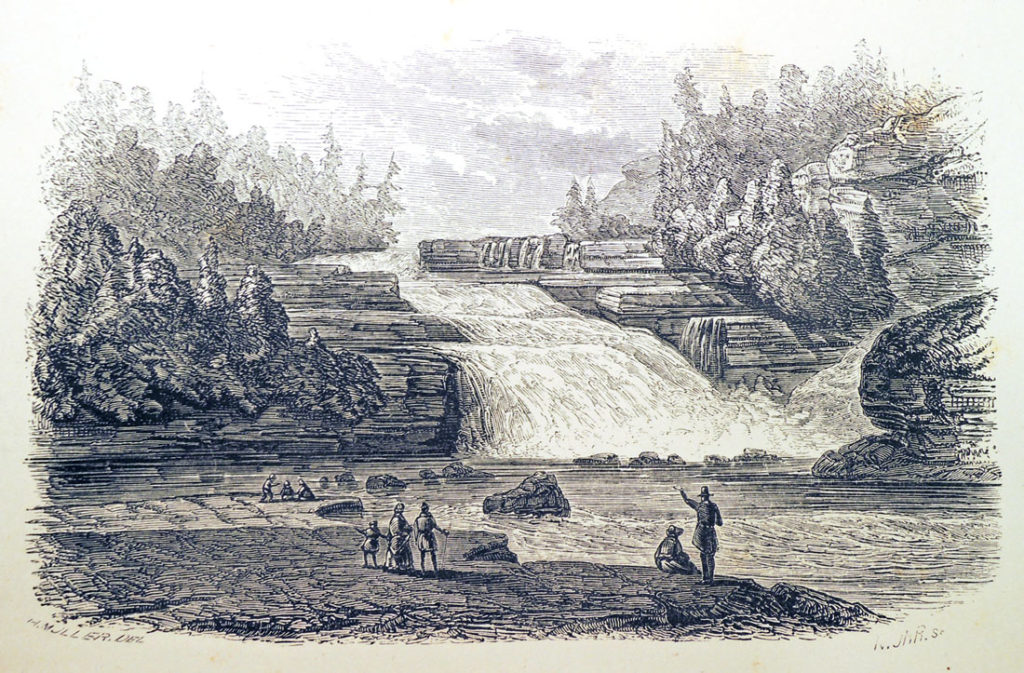
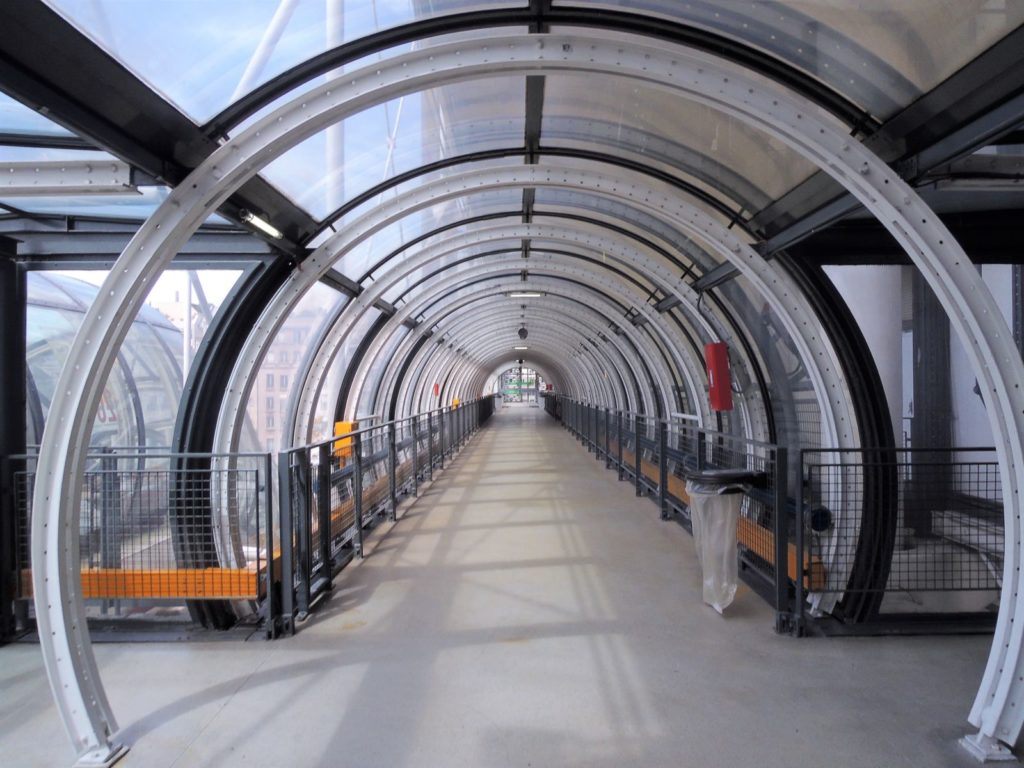 There is nothing so wonderful as having a museum to yourself.
There is nothing so wonderful as having a museum to yourself.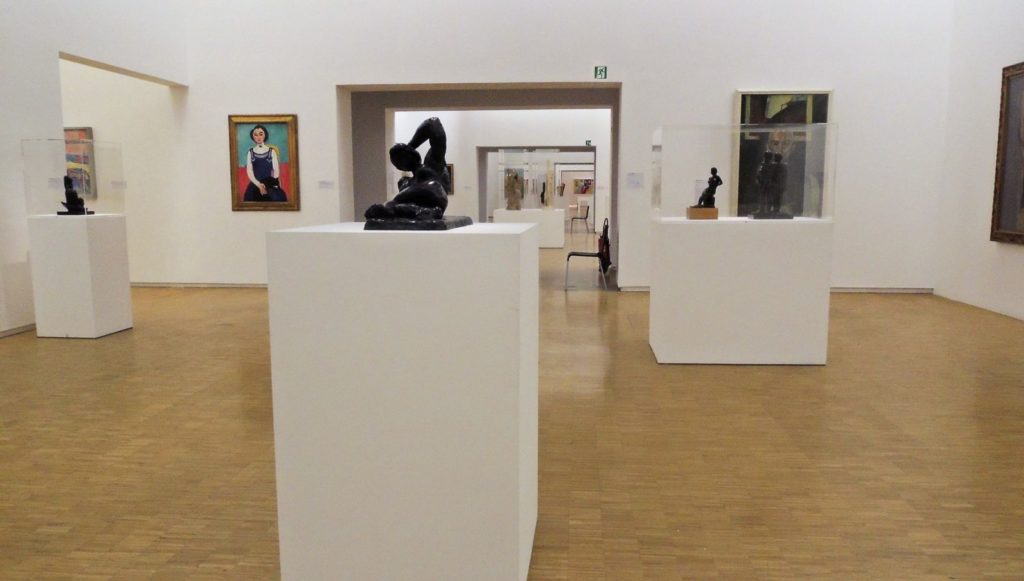 Colleagues in the Kandinsky Library at the Georges Pompidou Center, also known as the Musée National d’Art Moderne (MNAM), not only welcomed a few visitors by pulling treasures from their vaults but also led a tour of the stunning, newly hung galleries of the museum’s permanent collection.
Colleagues in the Kandinsky Library at the Georges Pompidou Center, also known as the Musée National d’Art Moderne (MNAM), not only welcomed a few visitors by pulling treasures from their vaults but also led a tour of the stunning, newly hung galleries of the museum’s permanent collection.